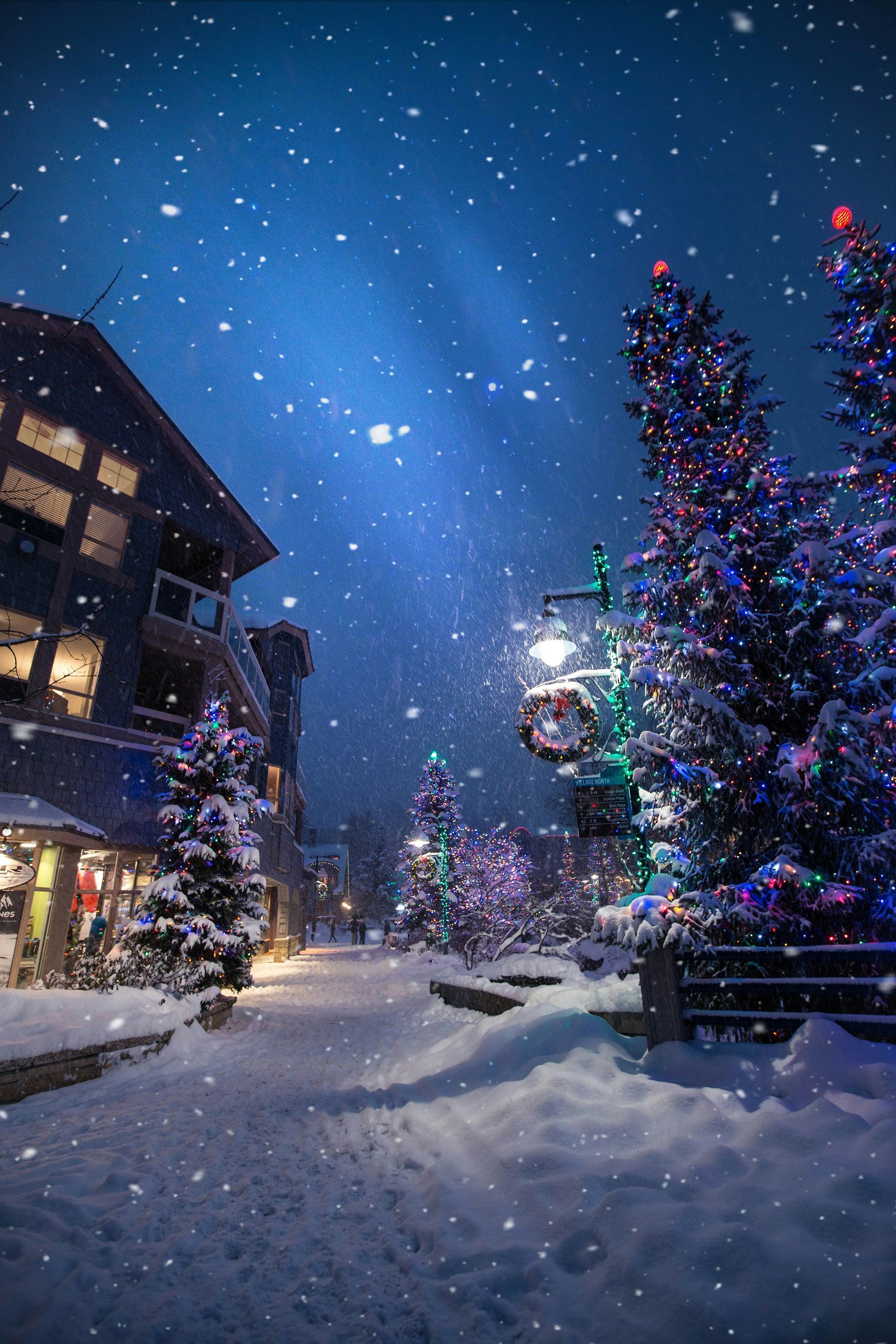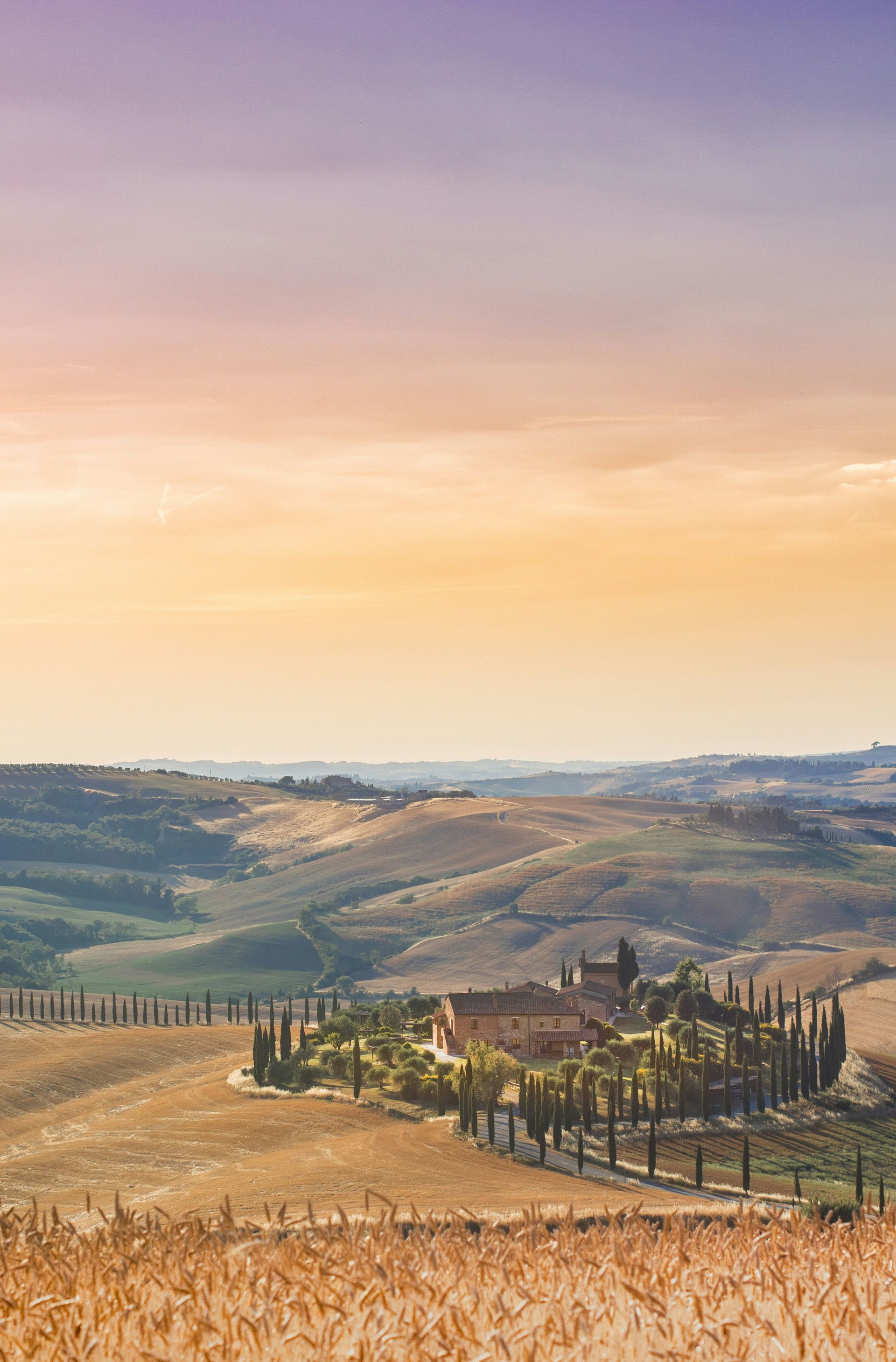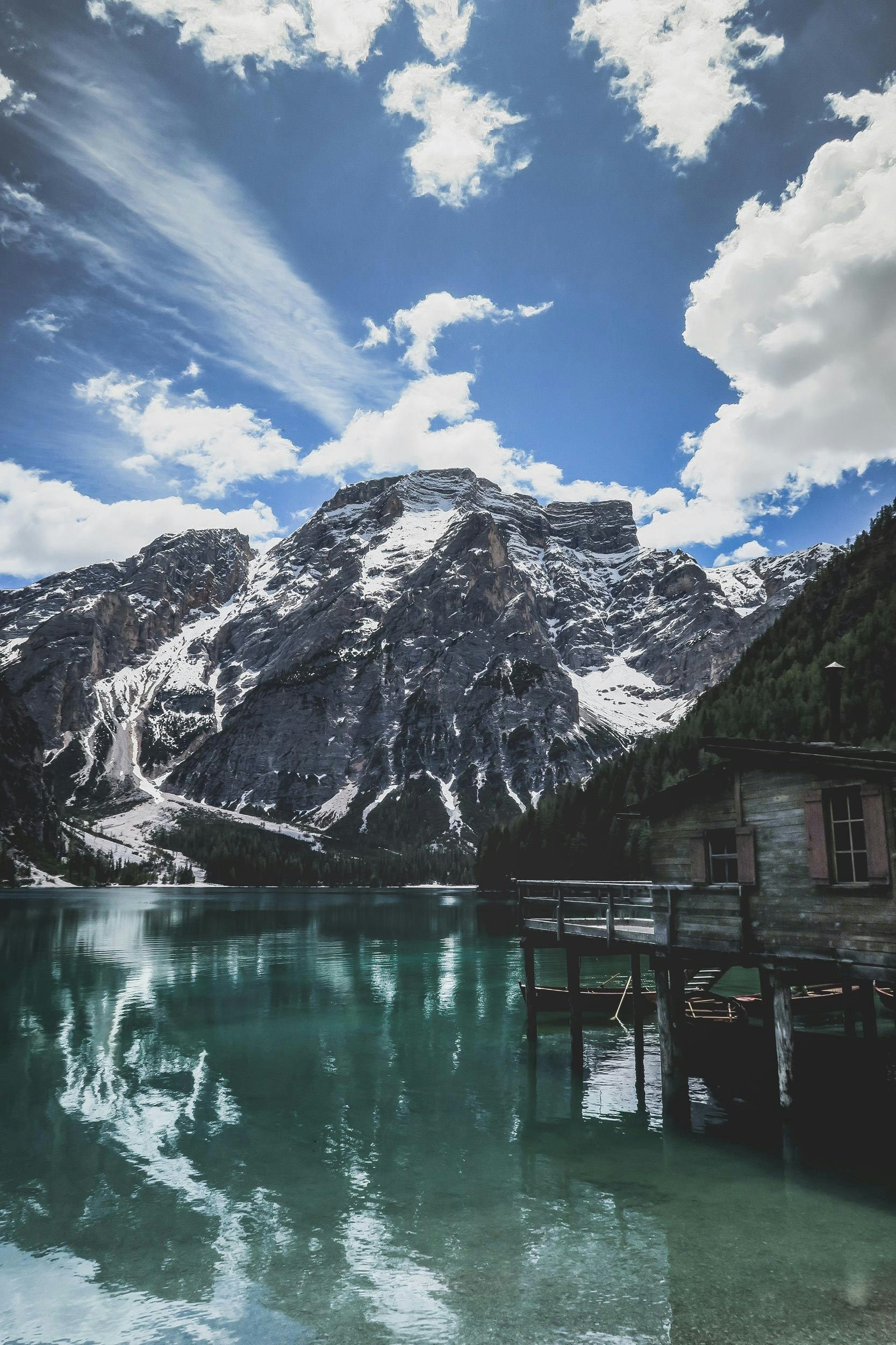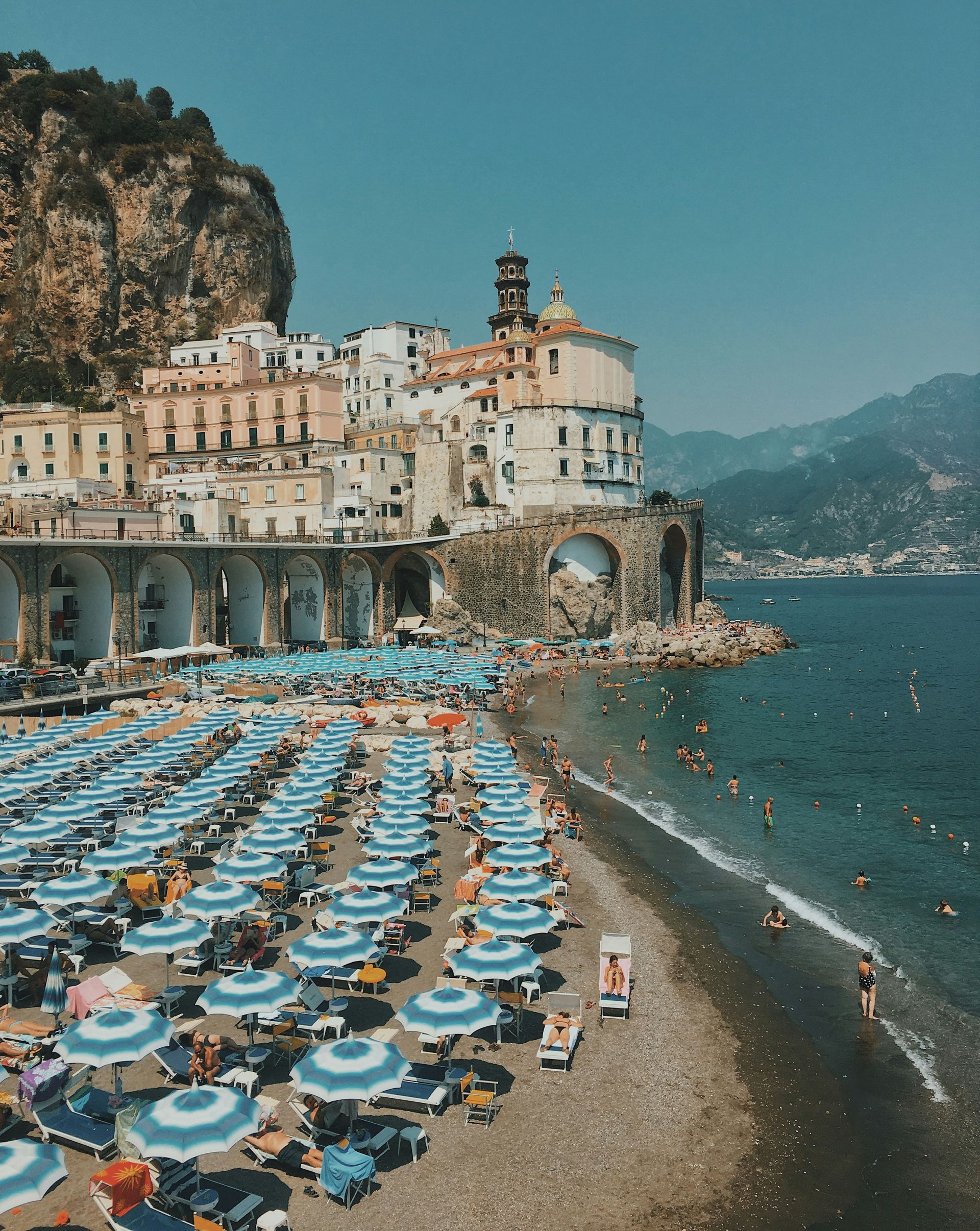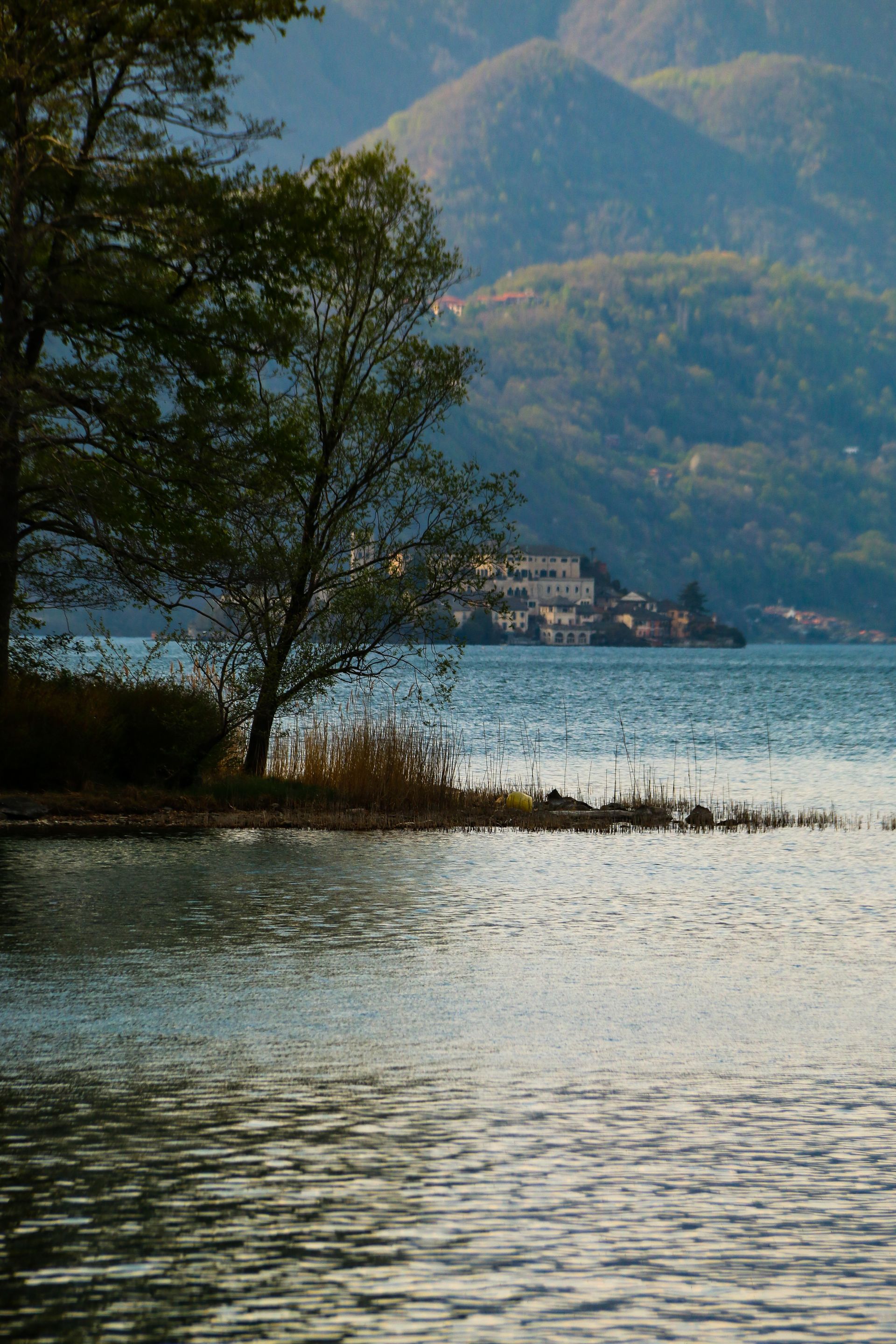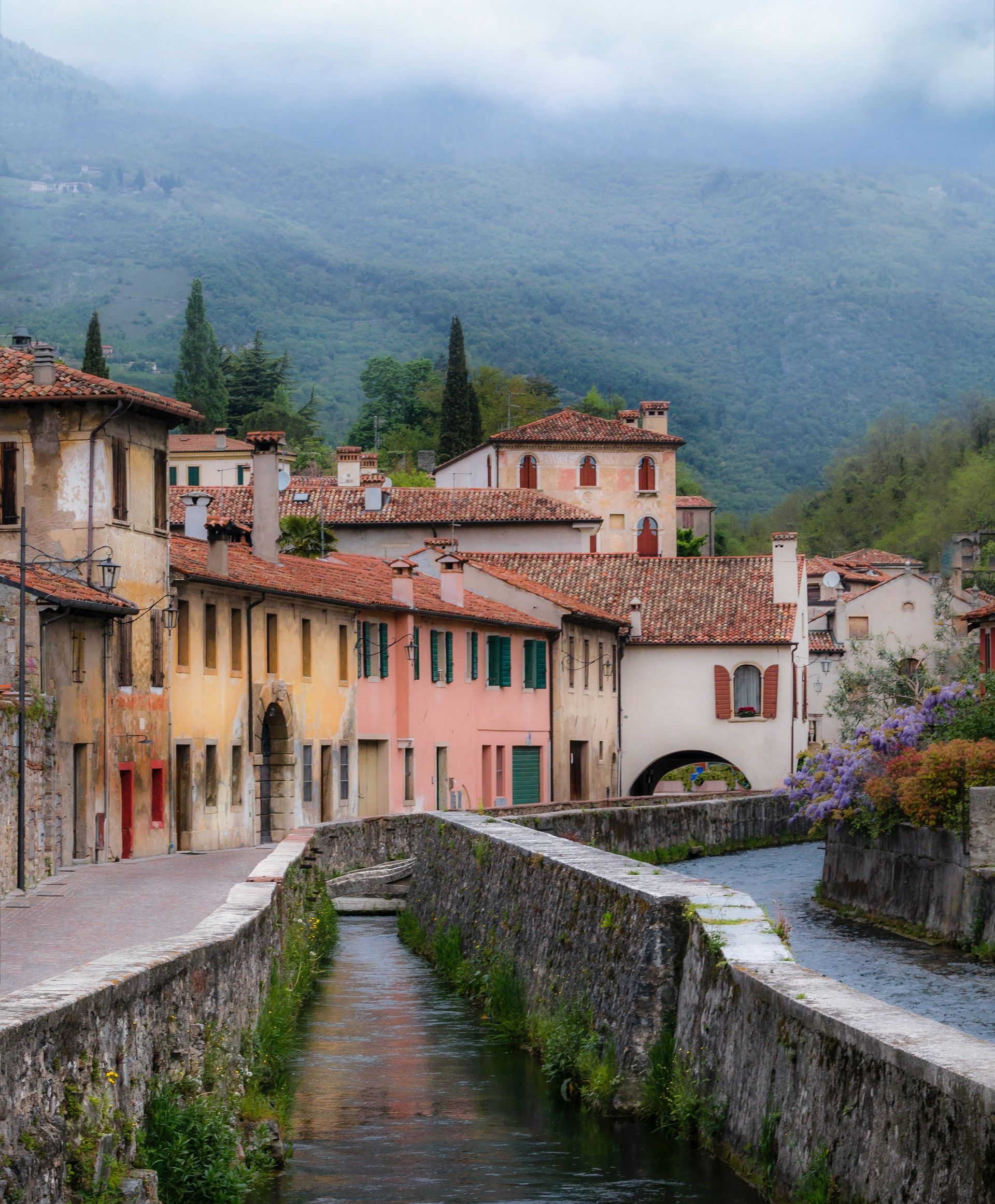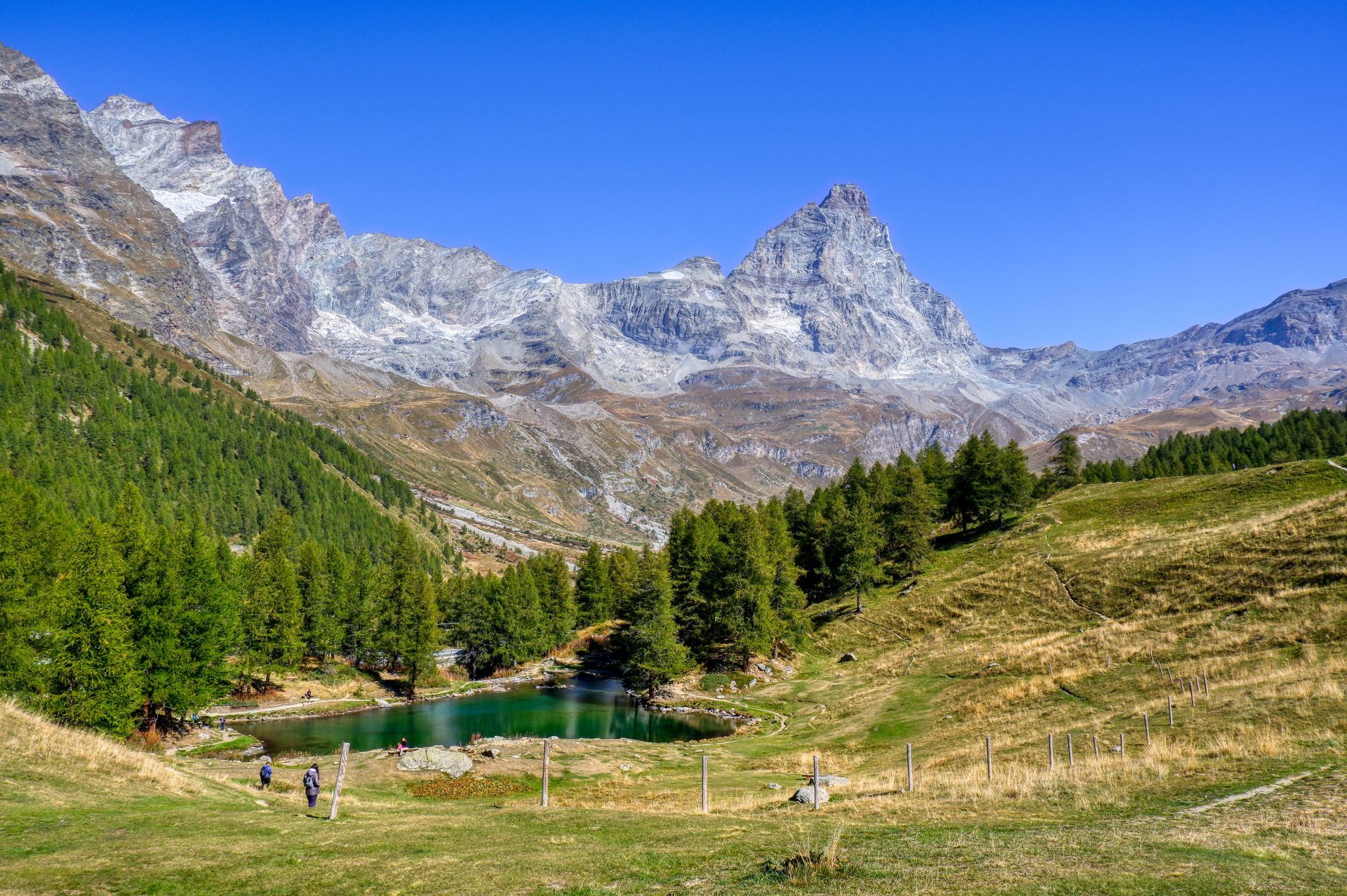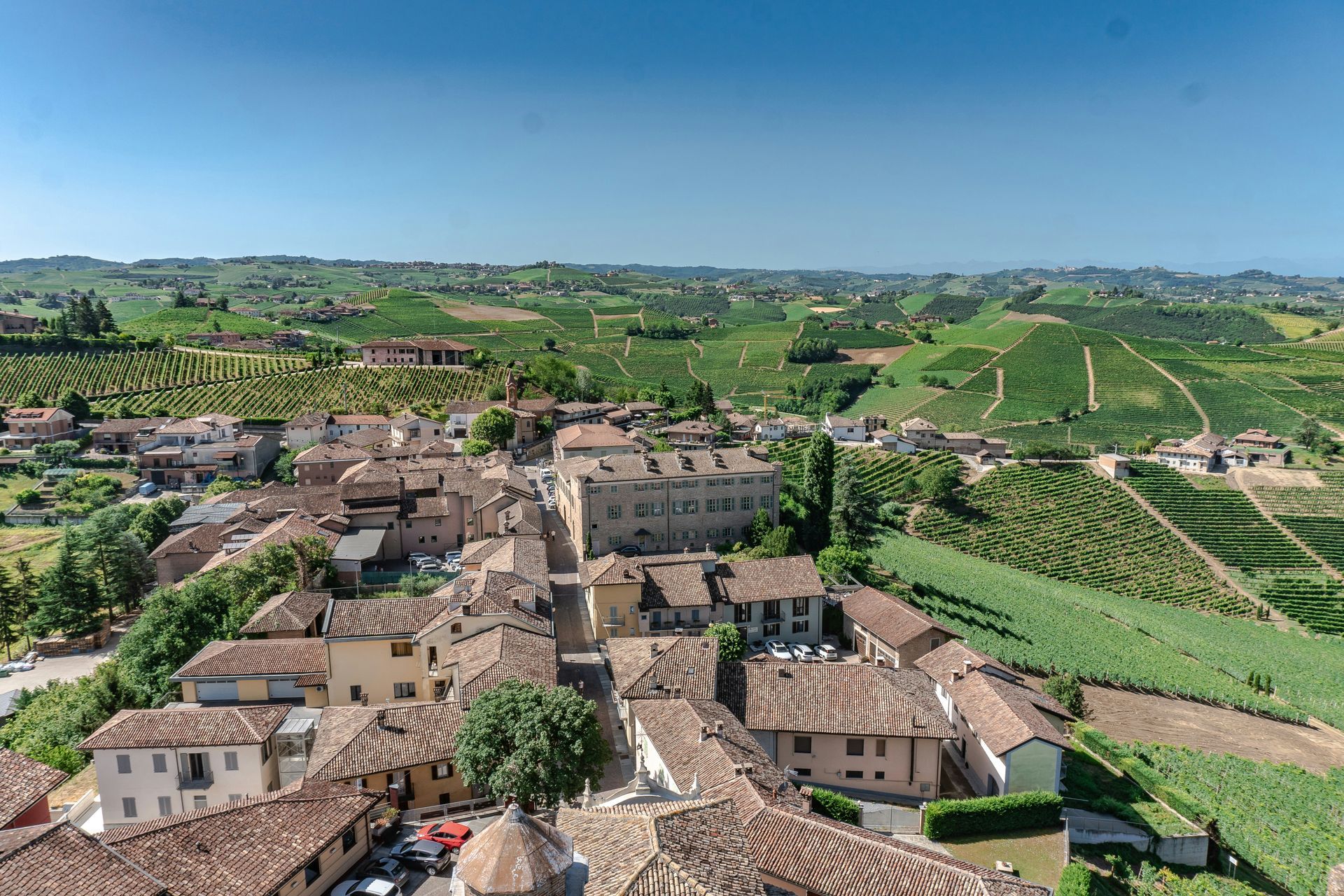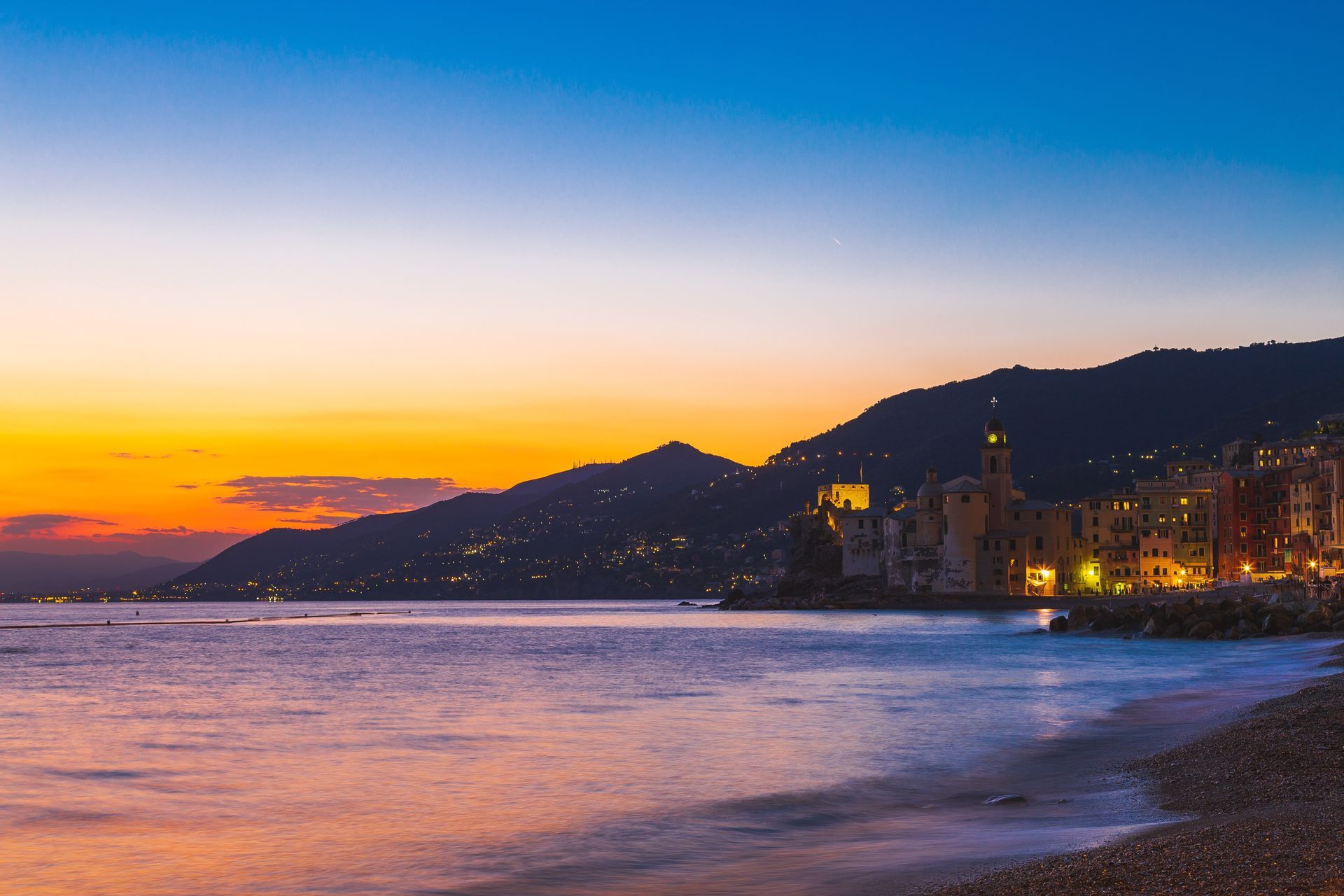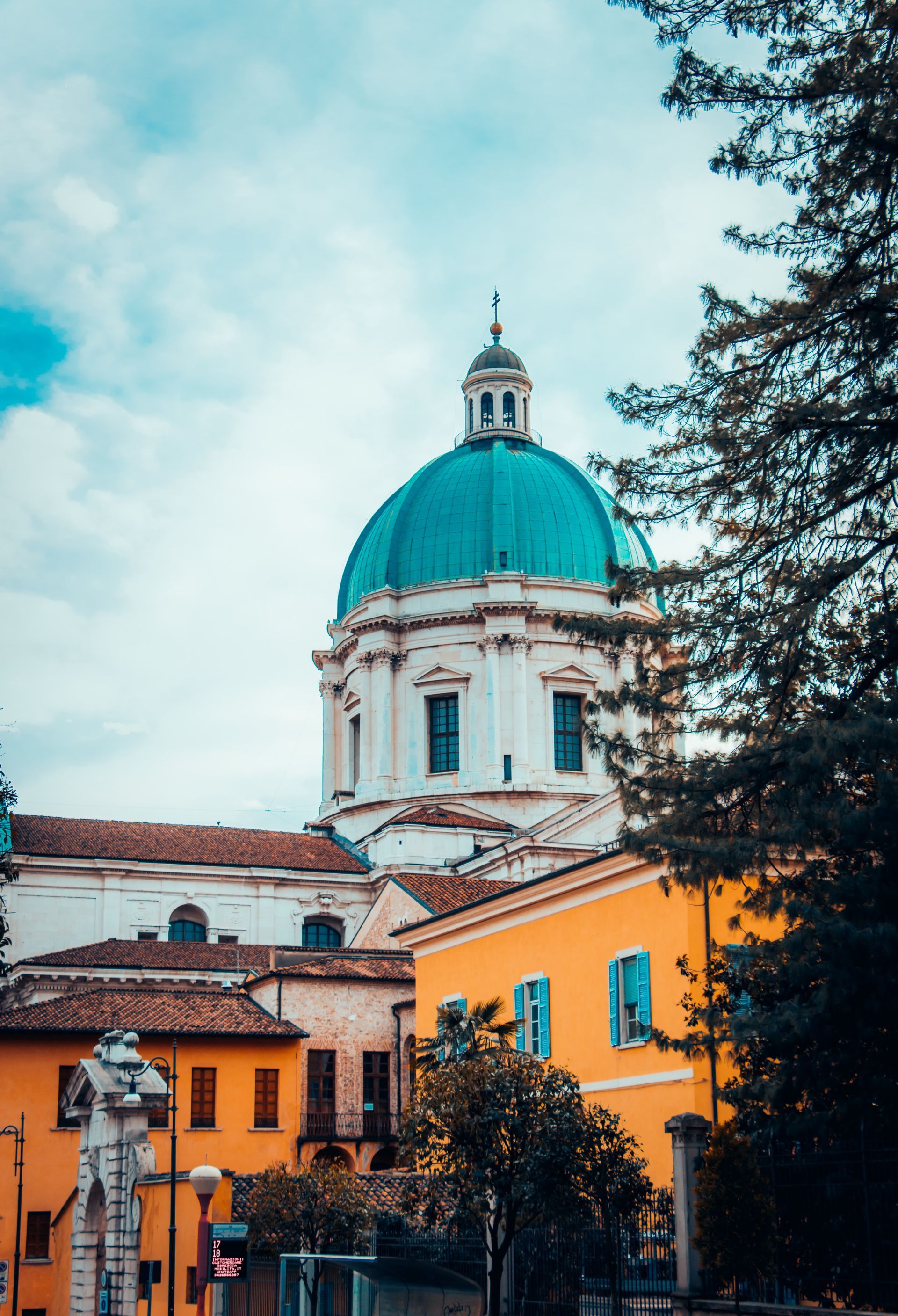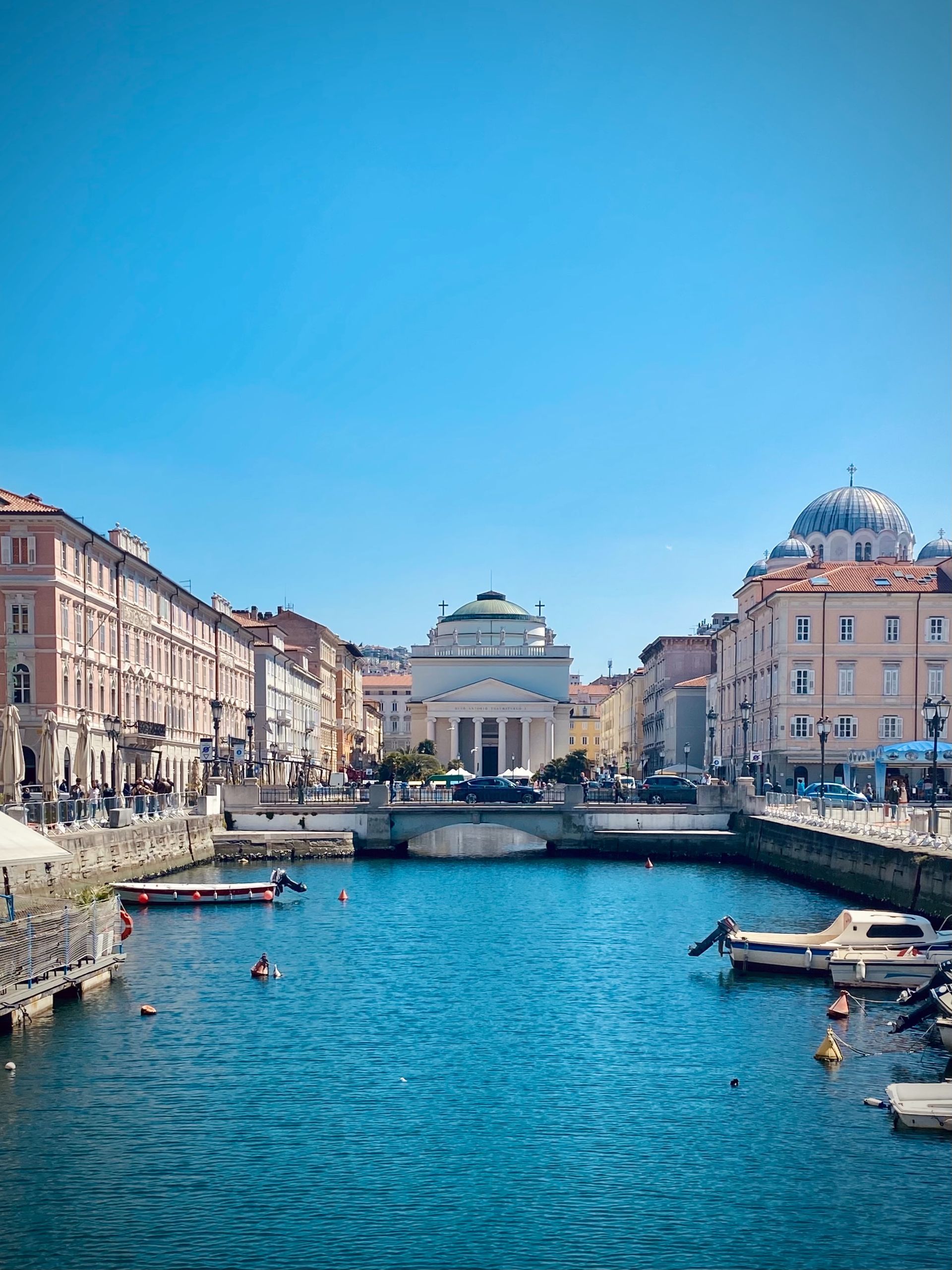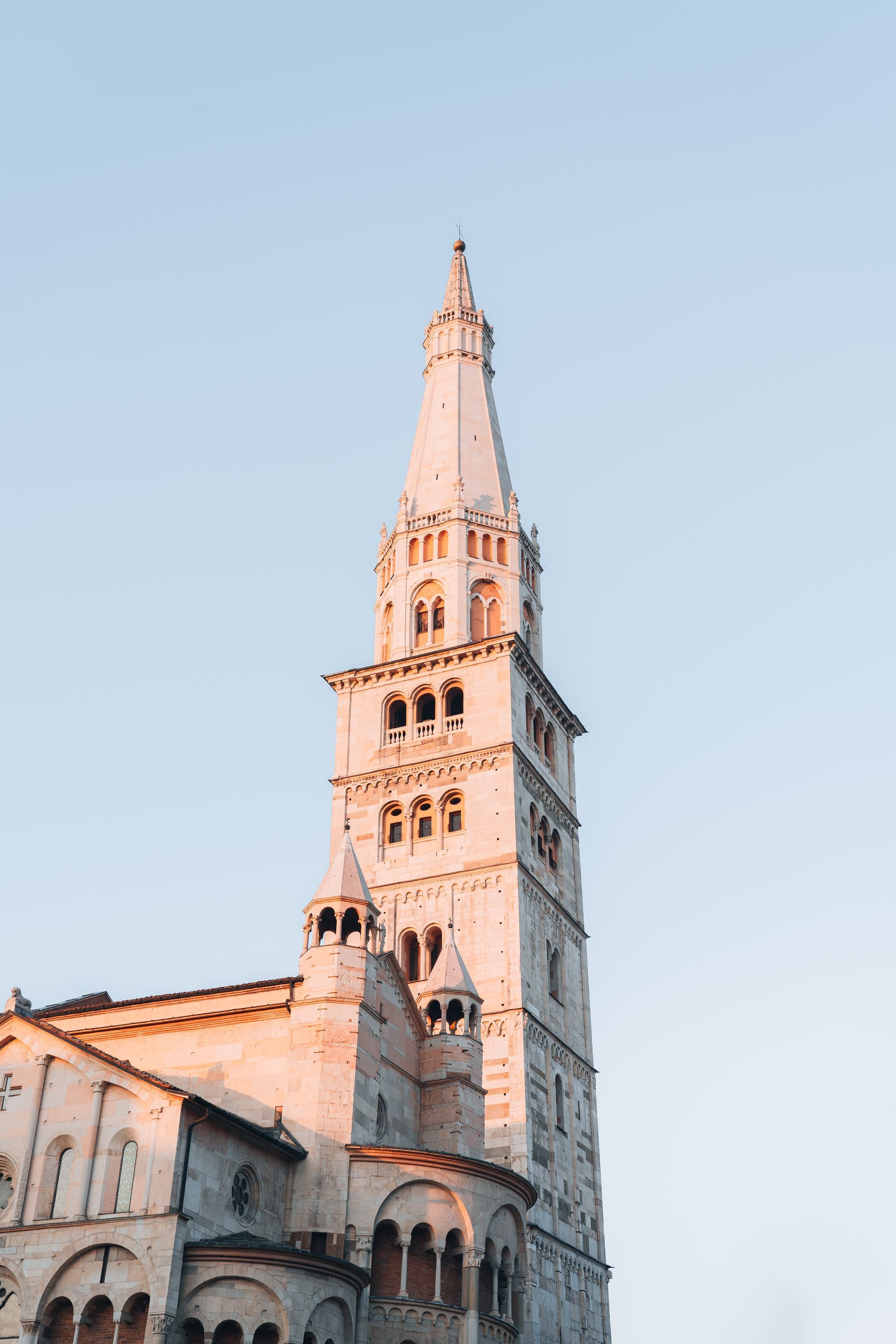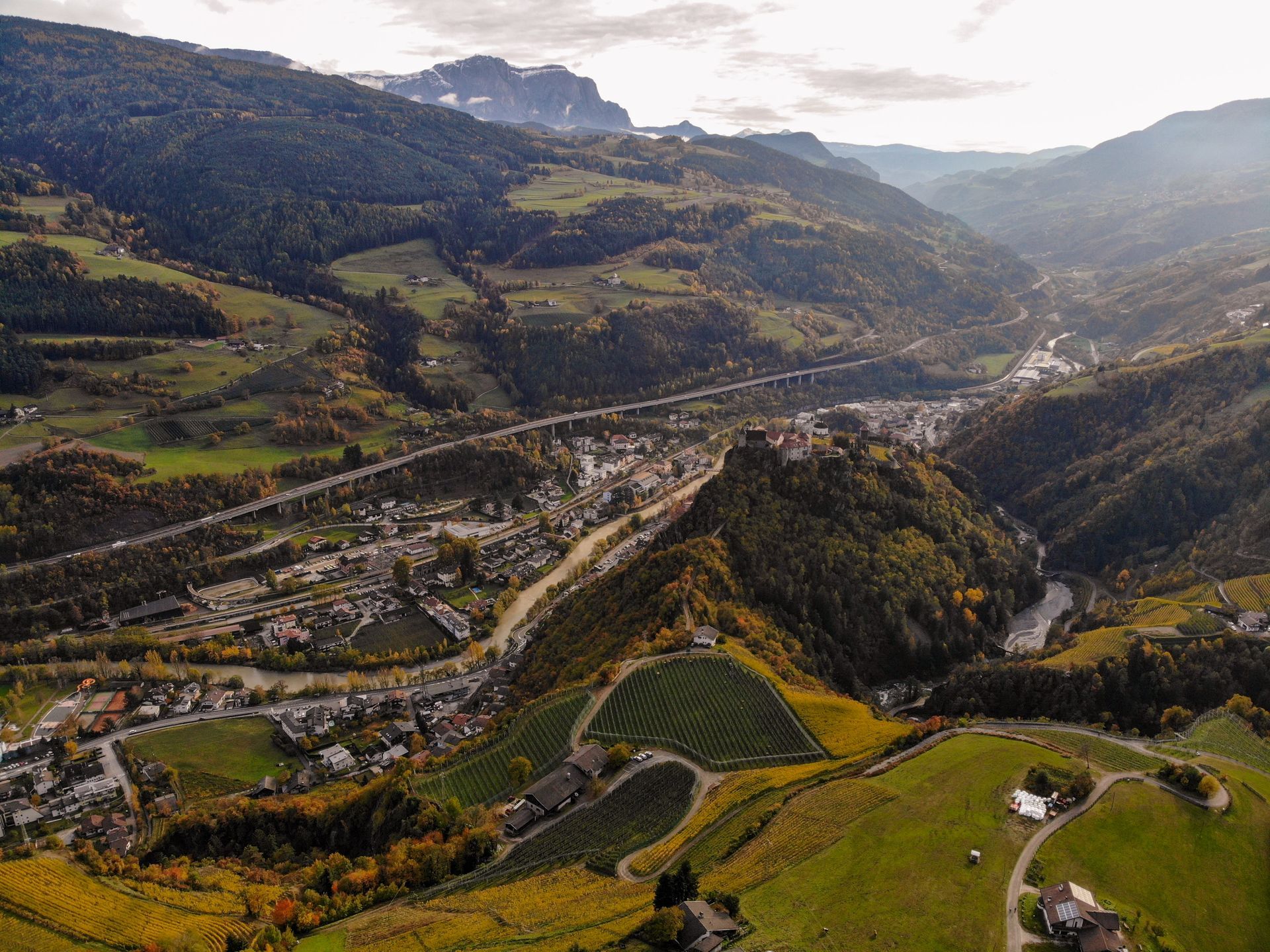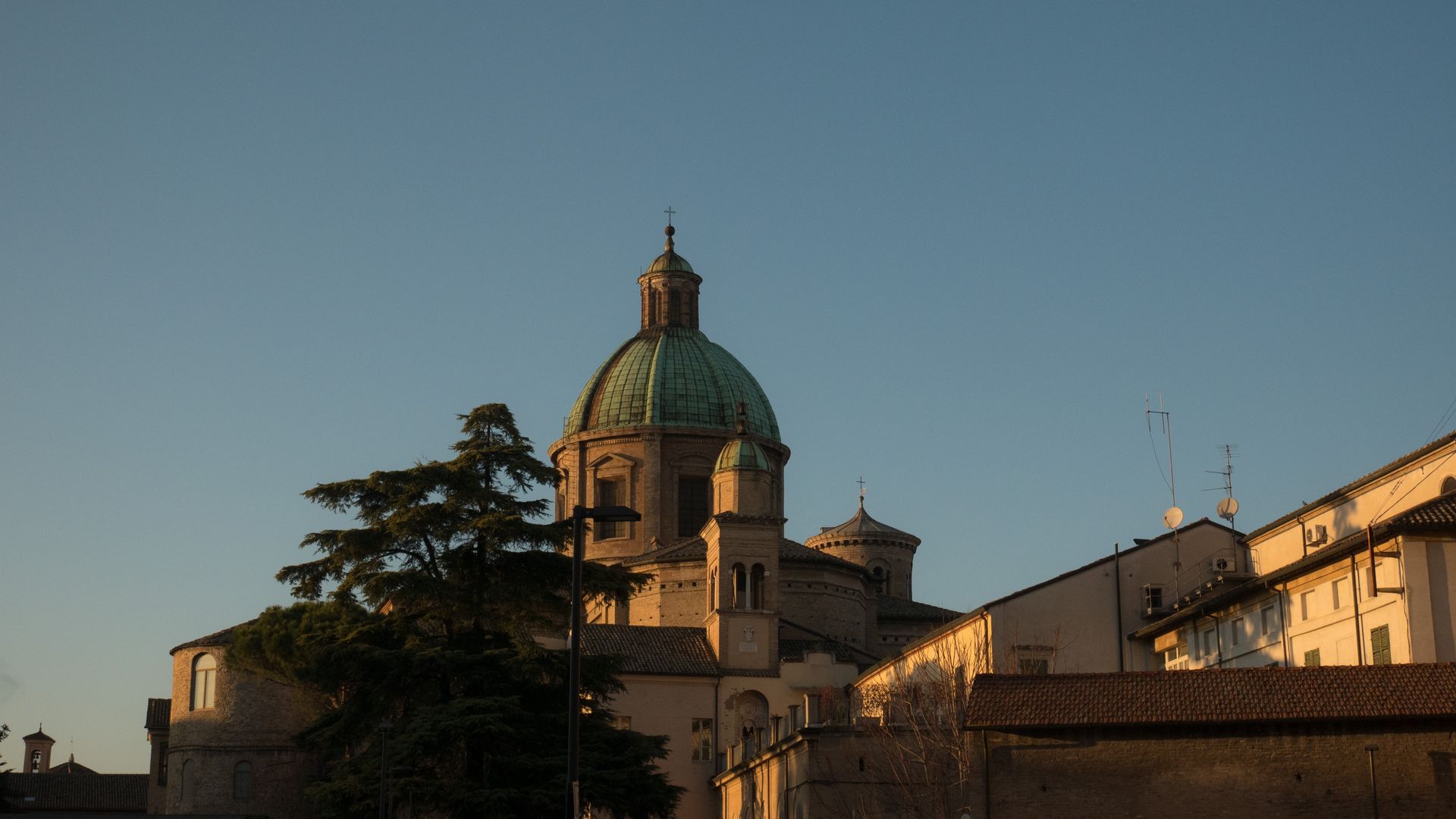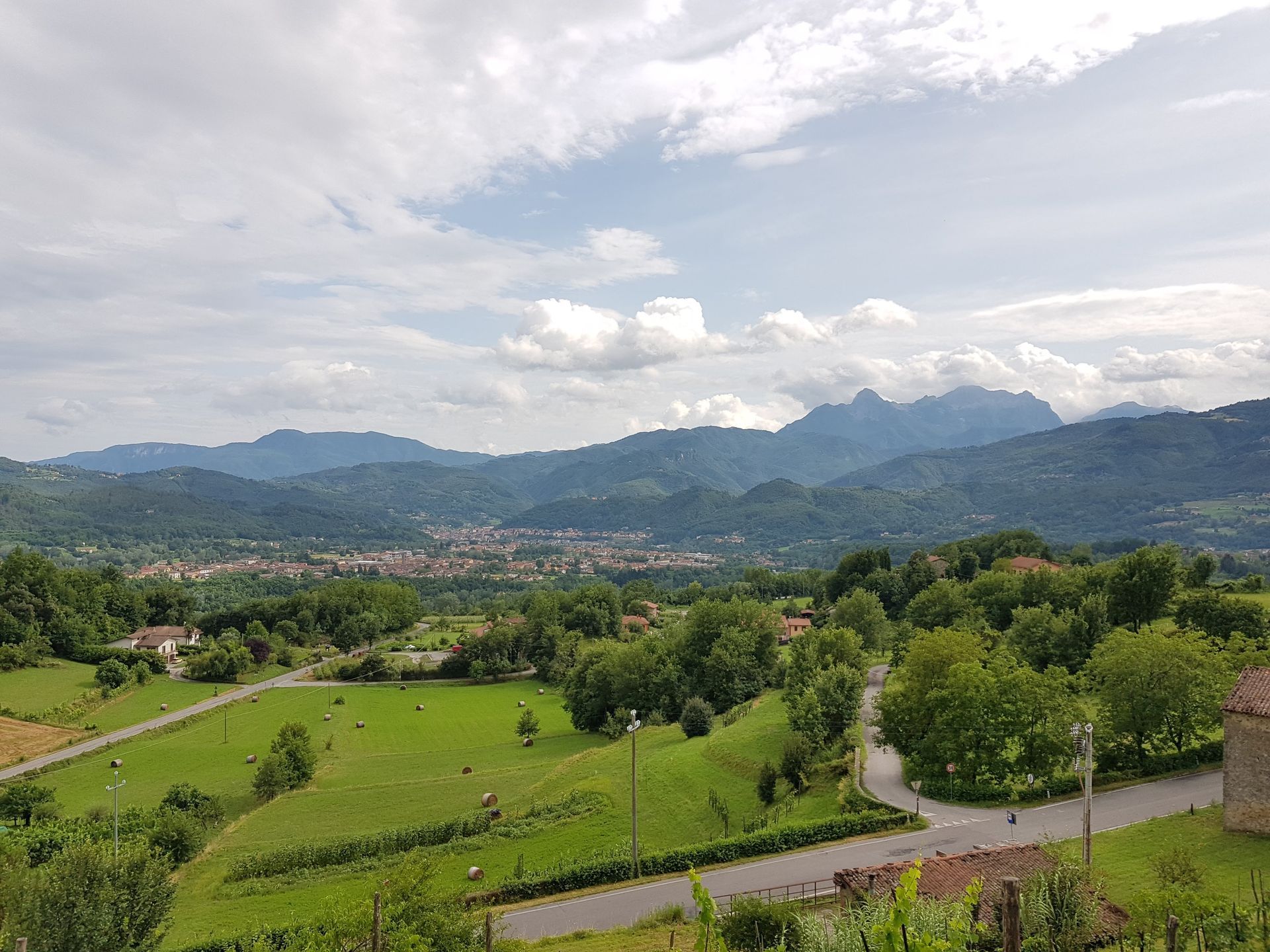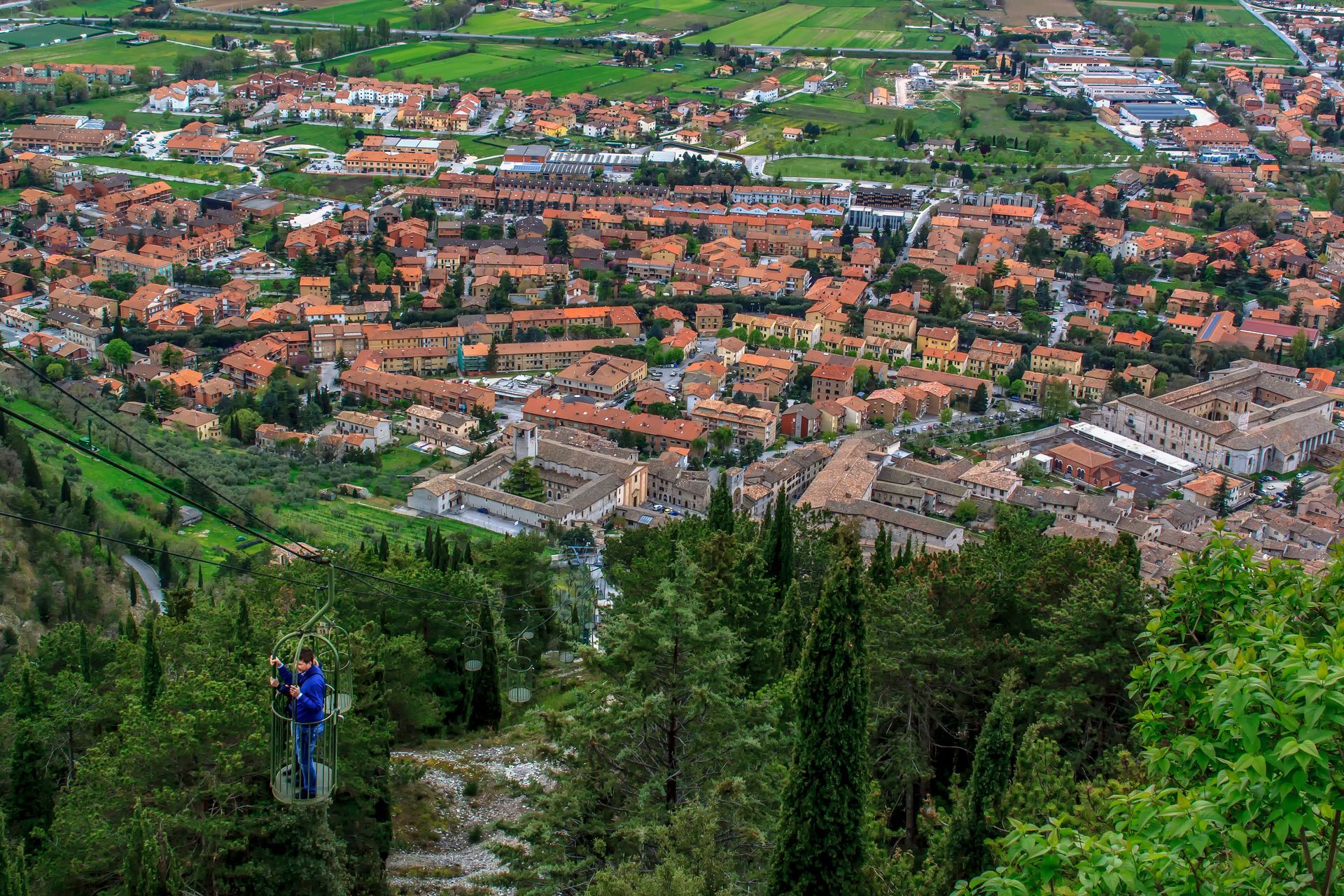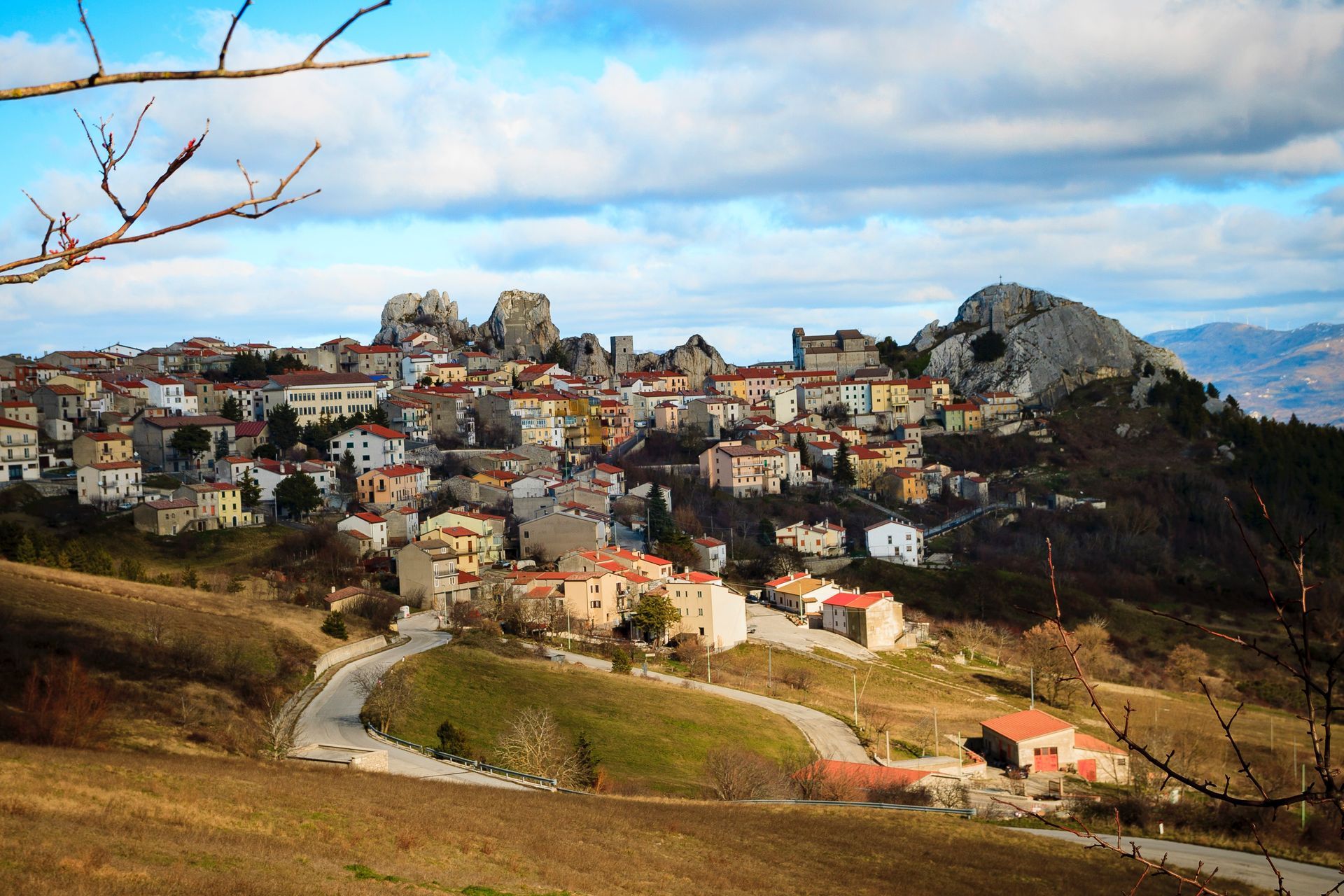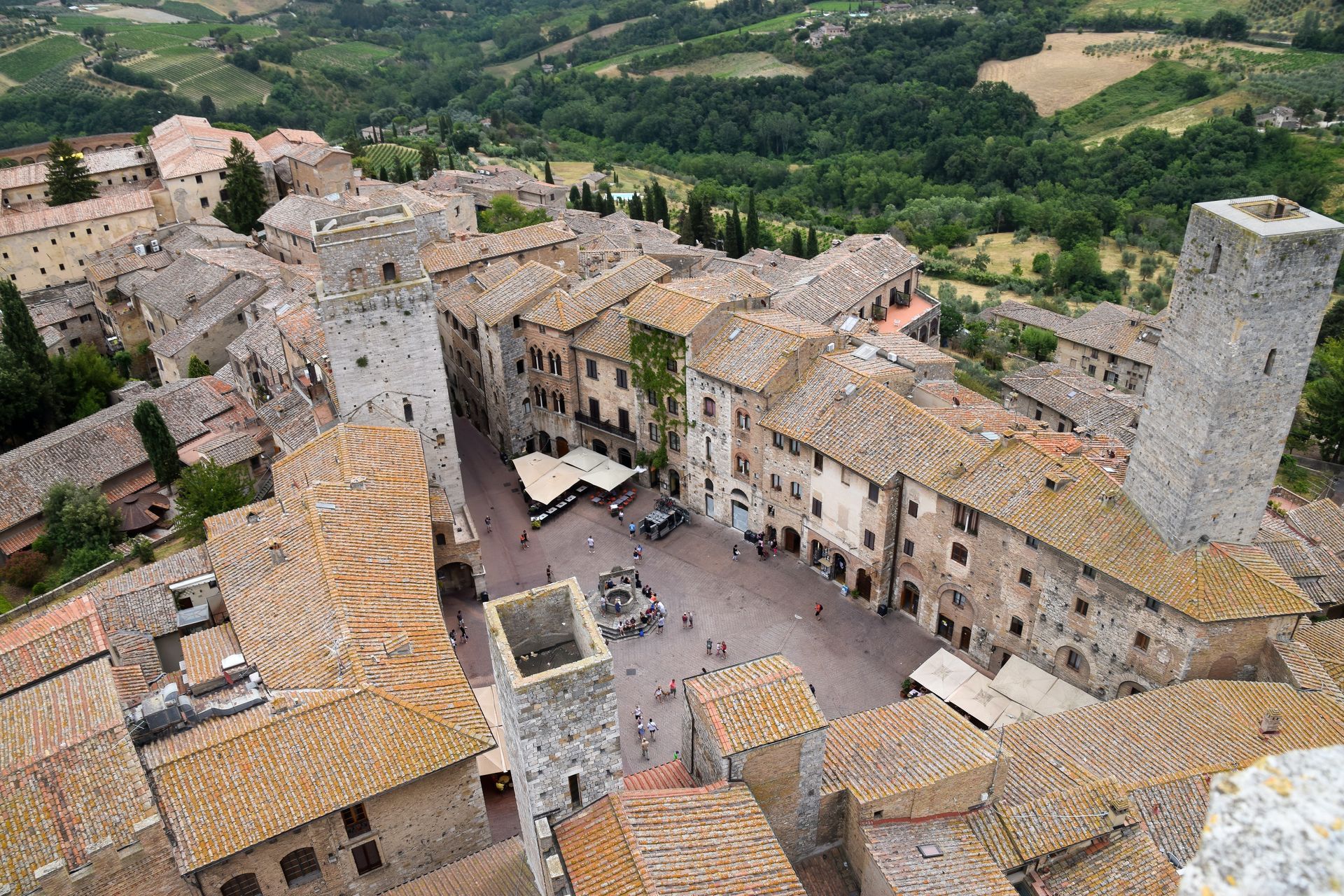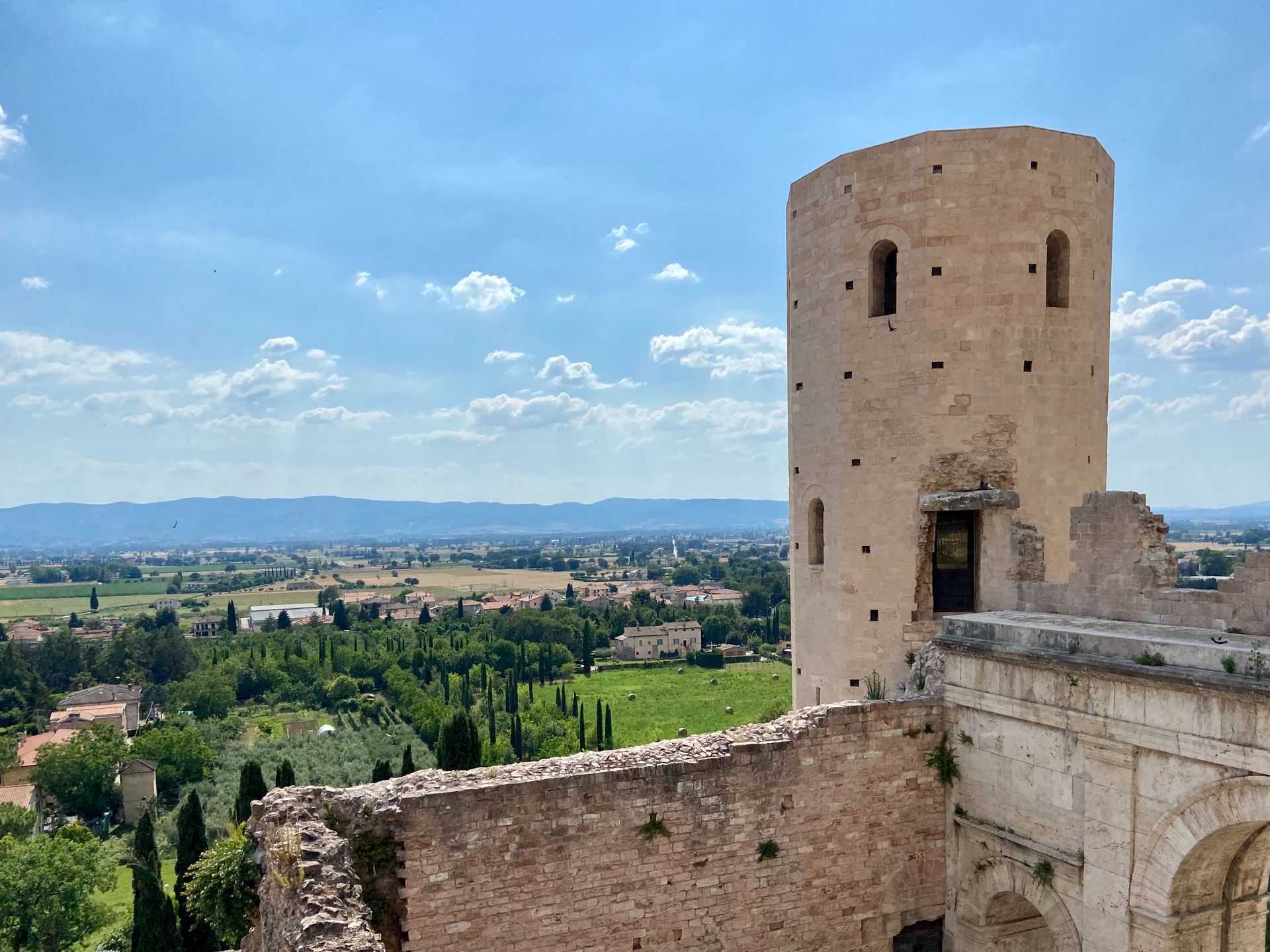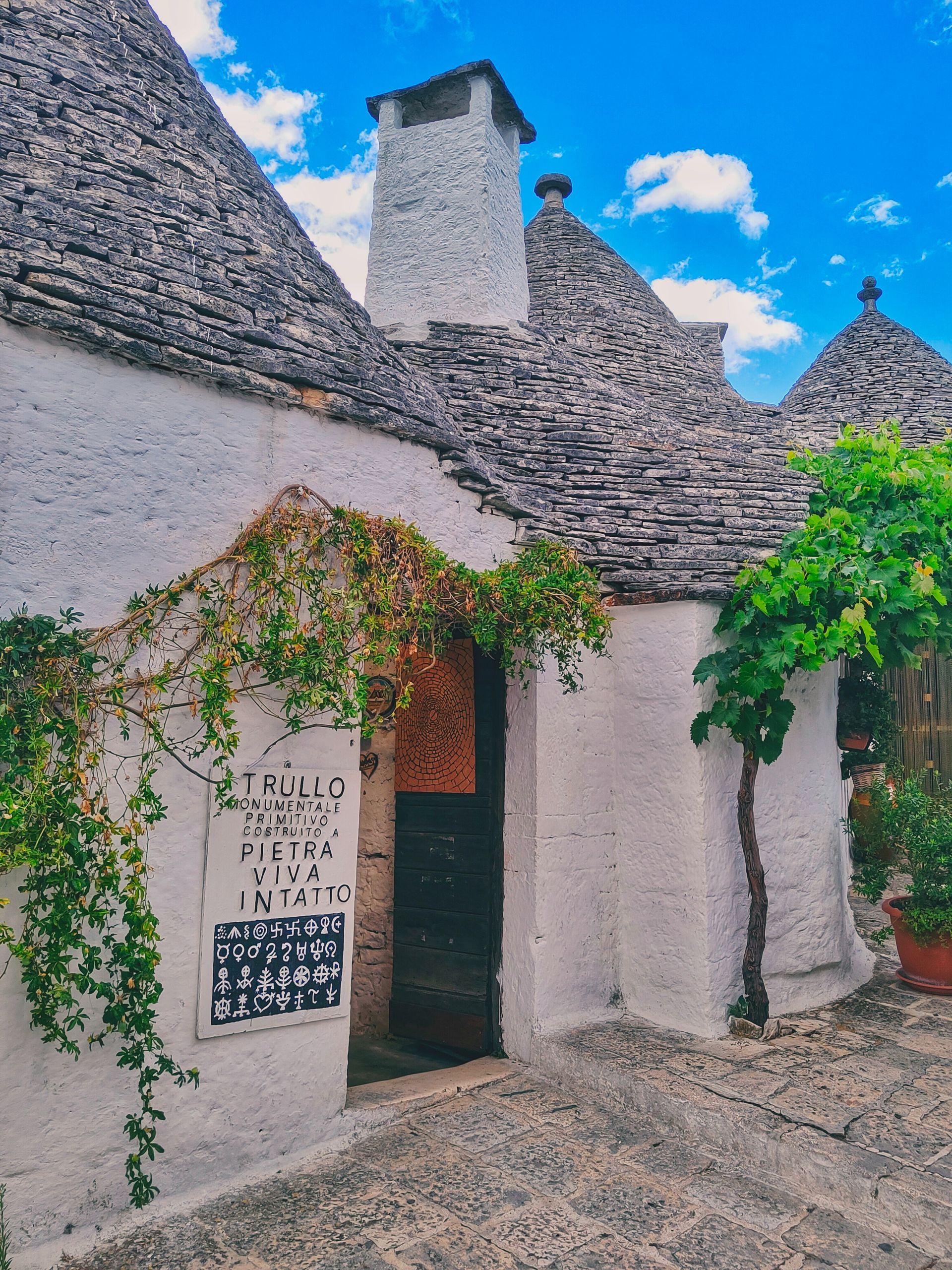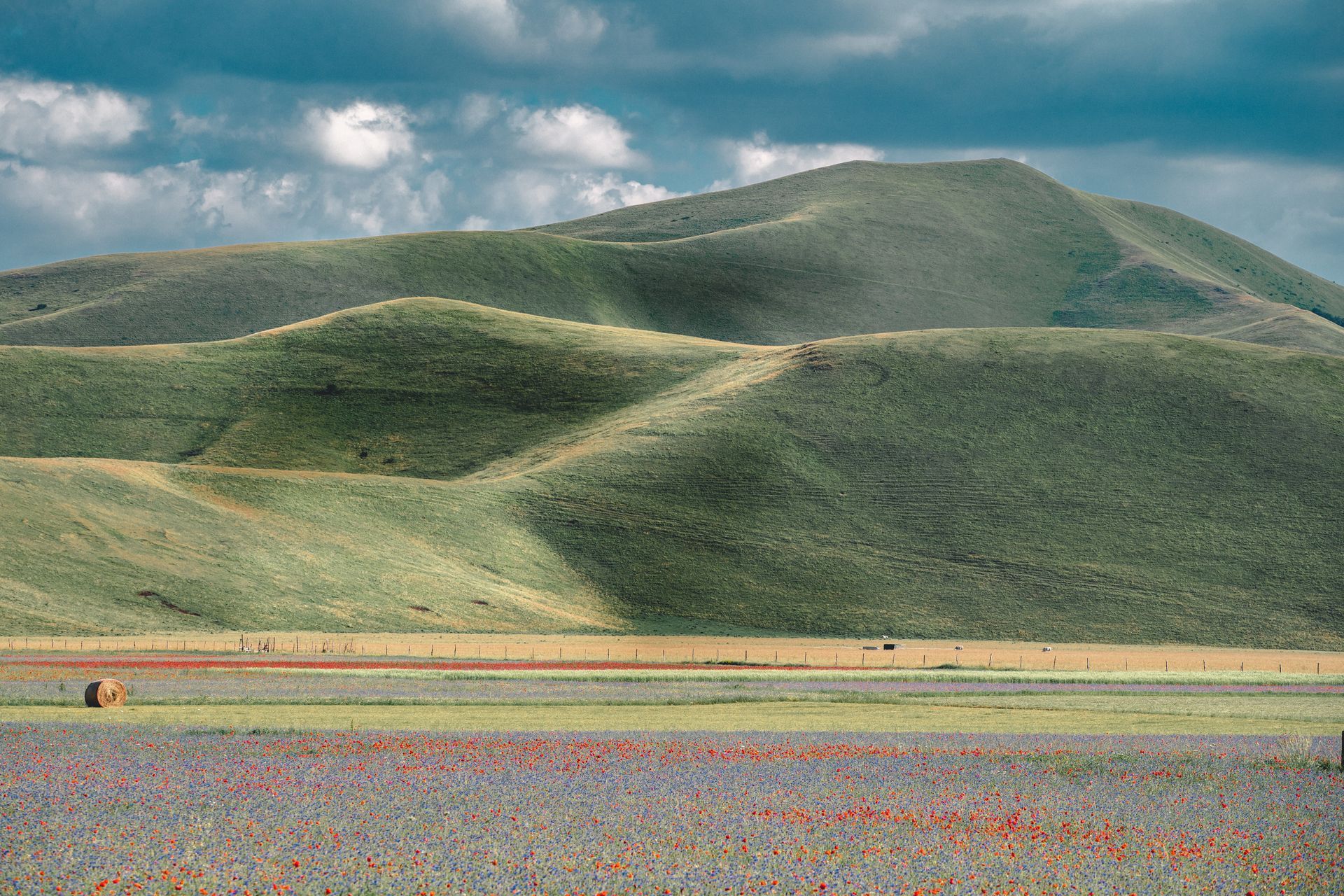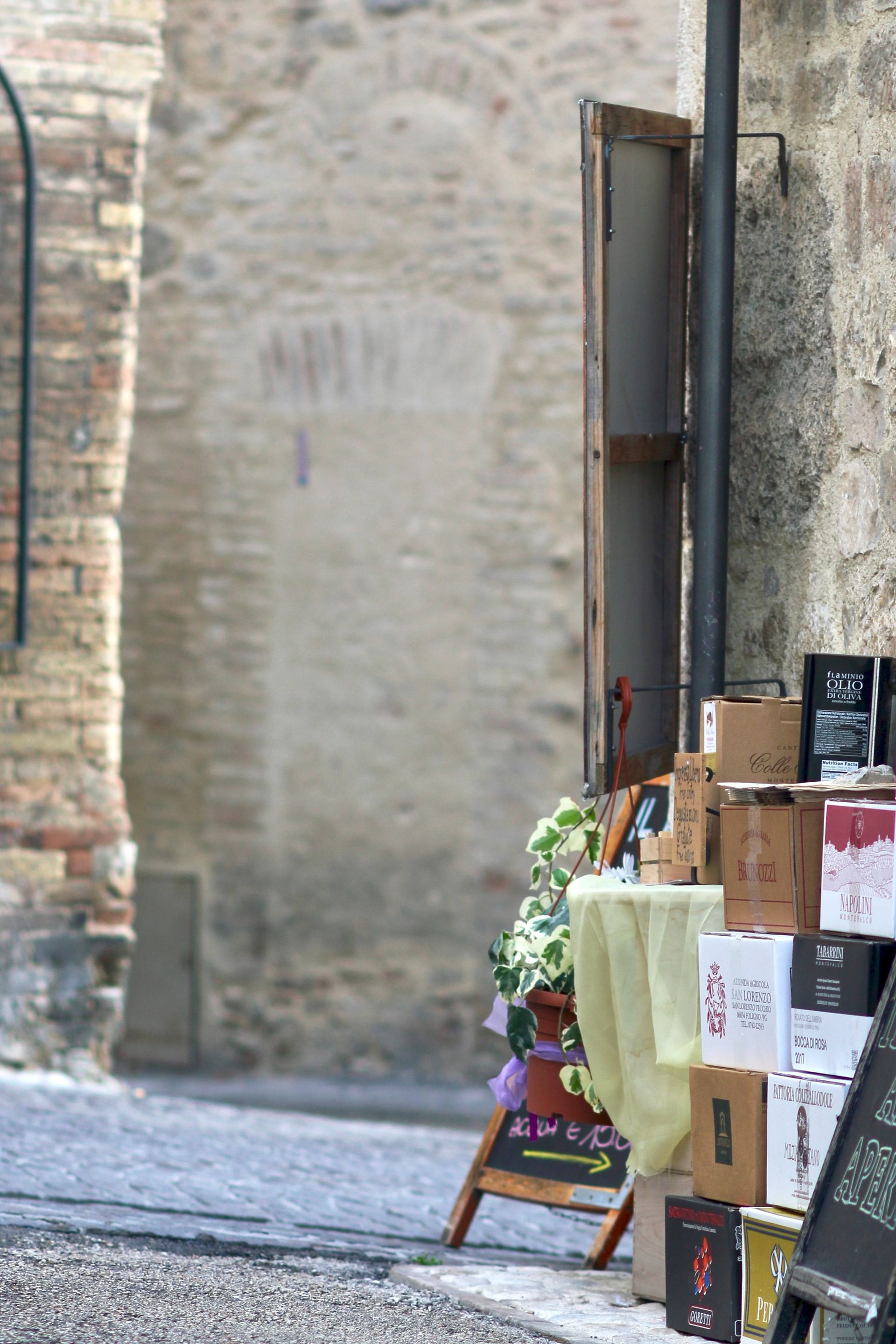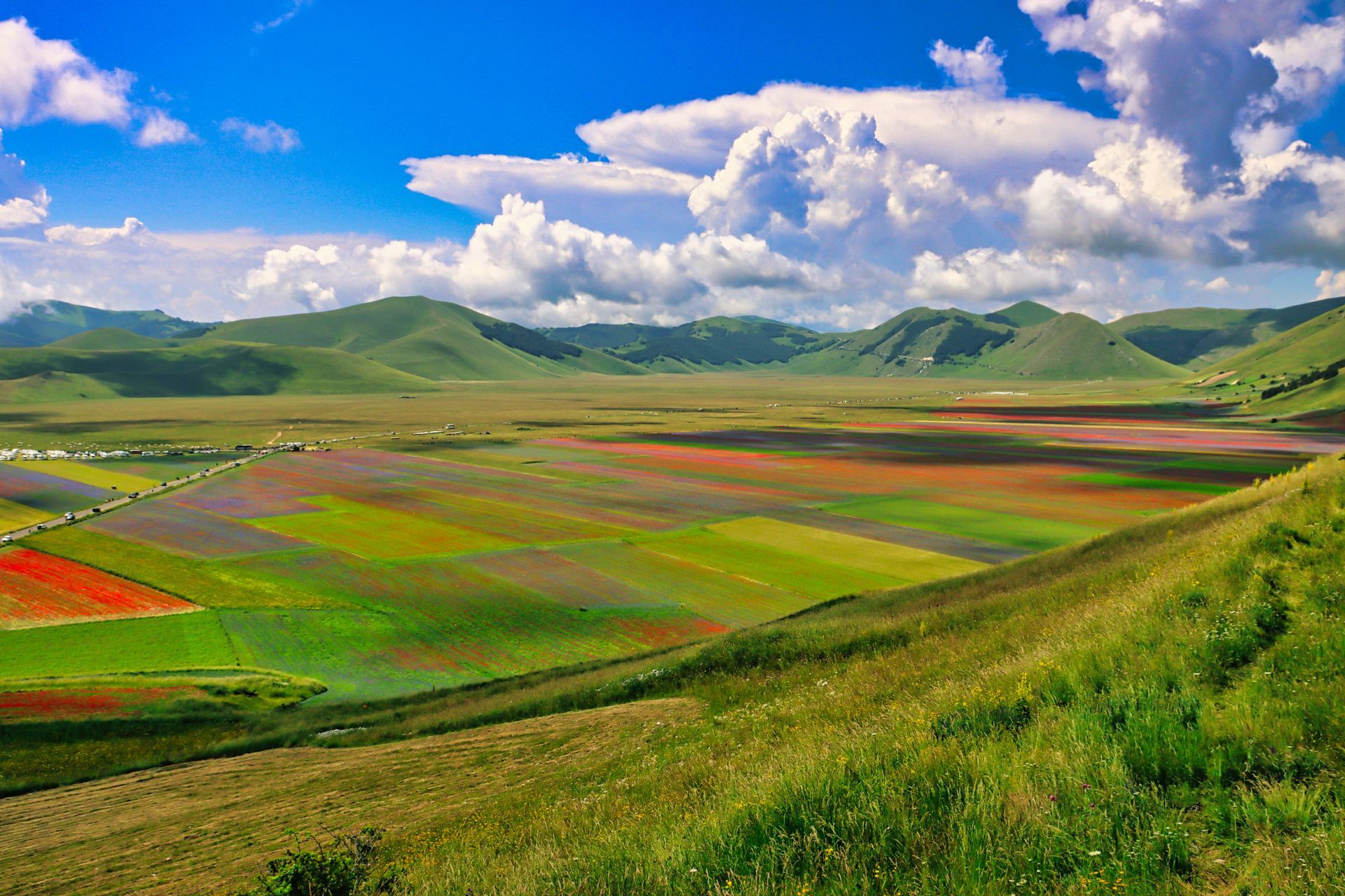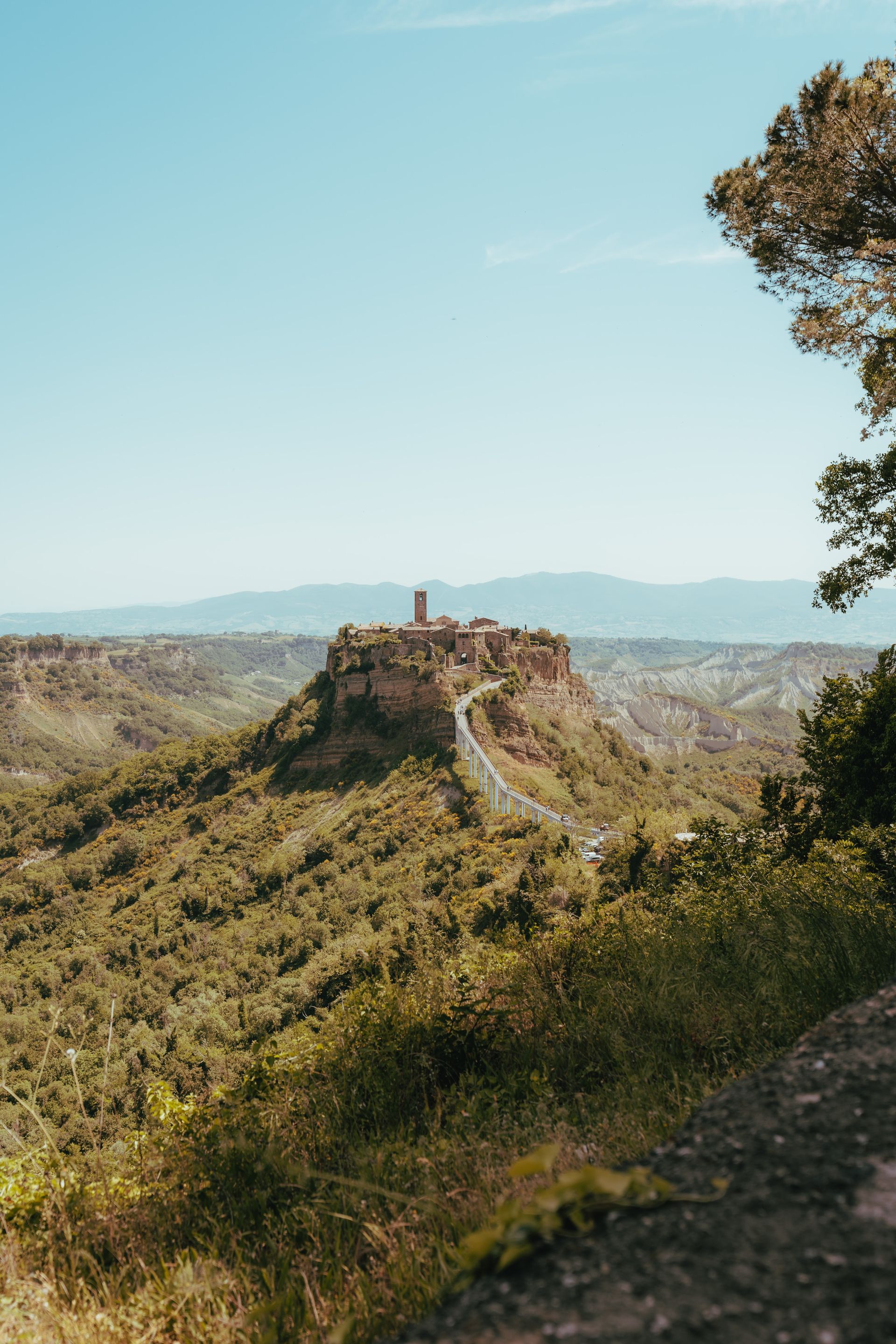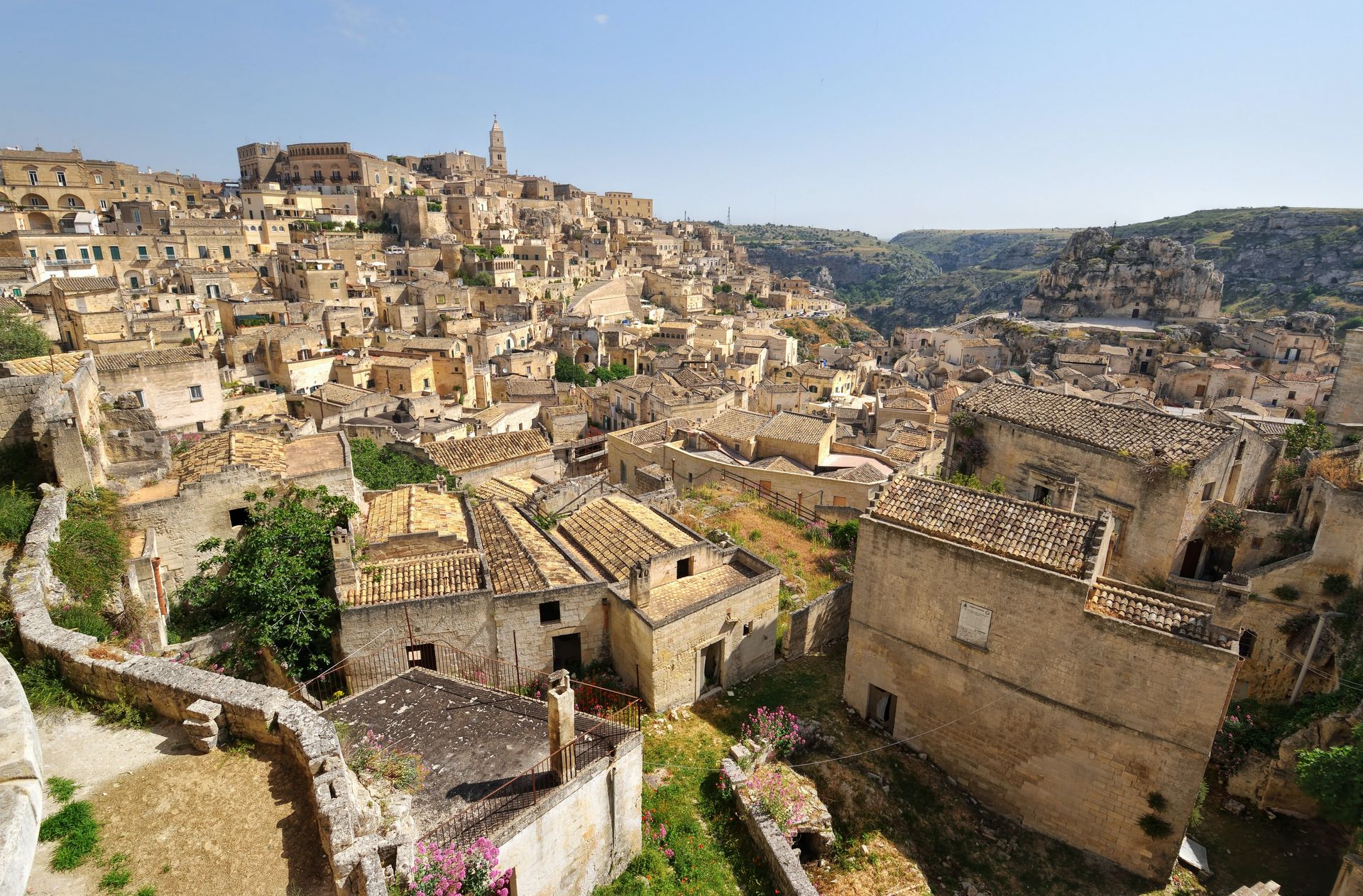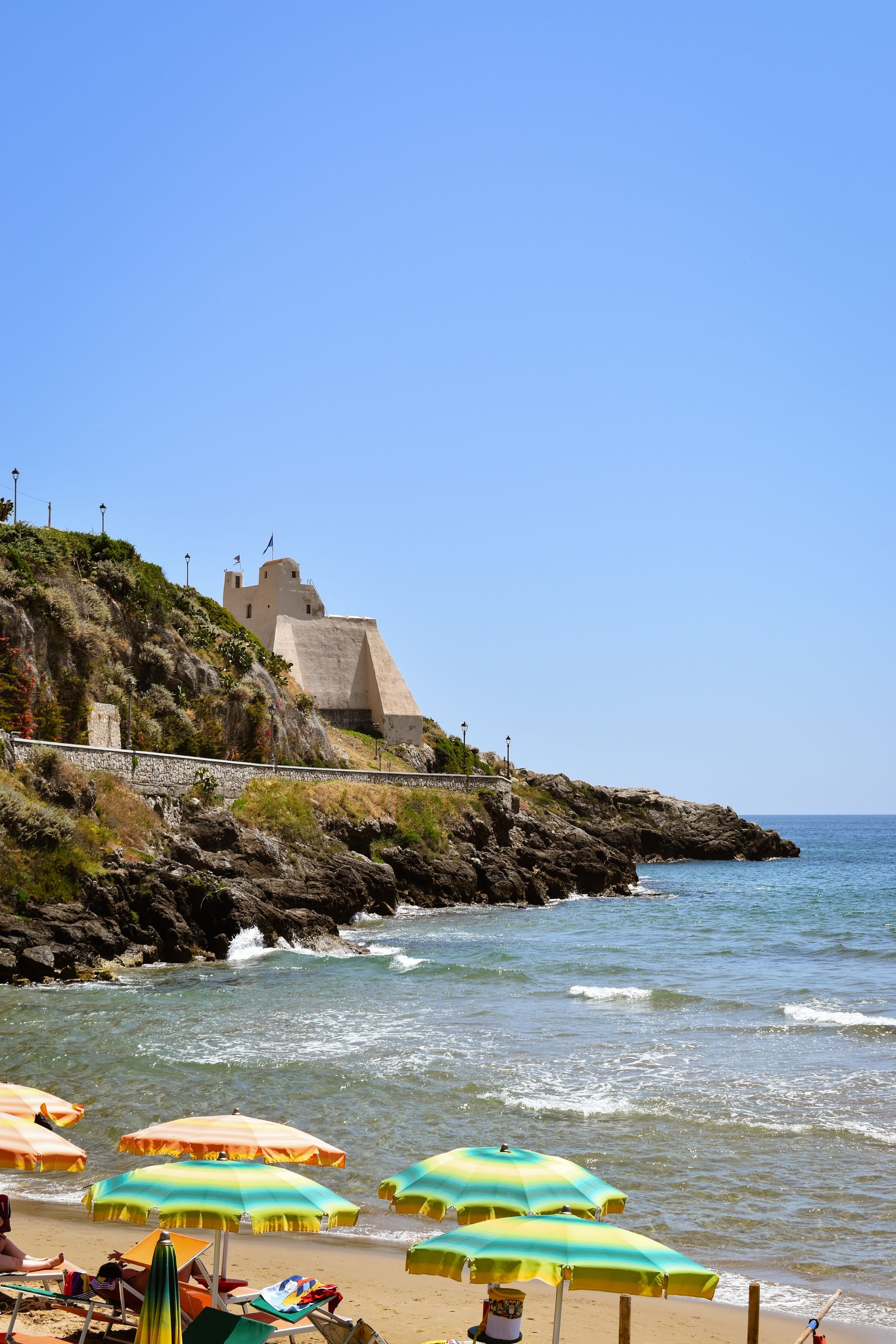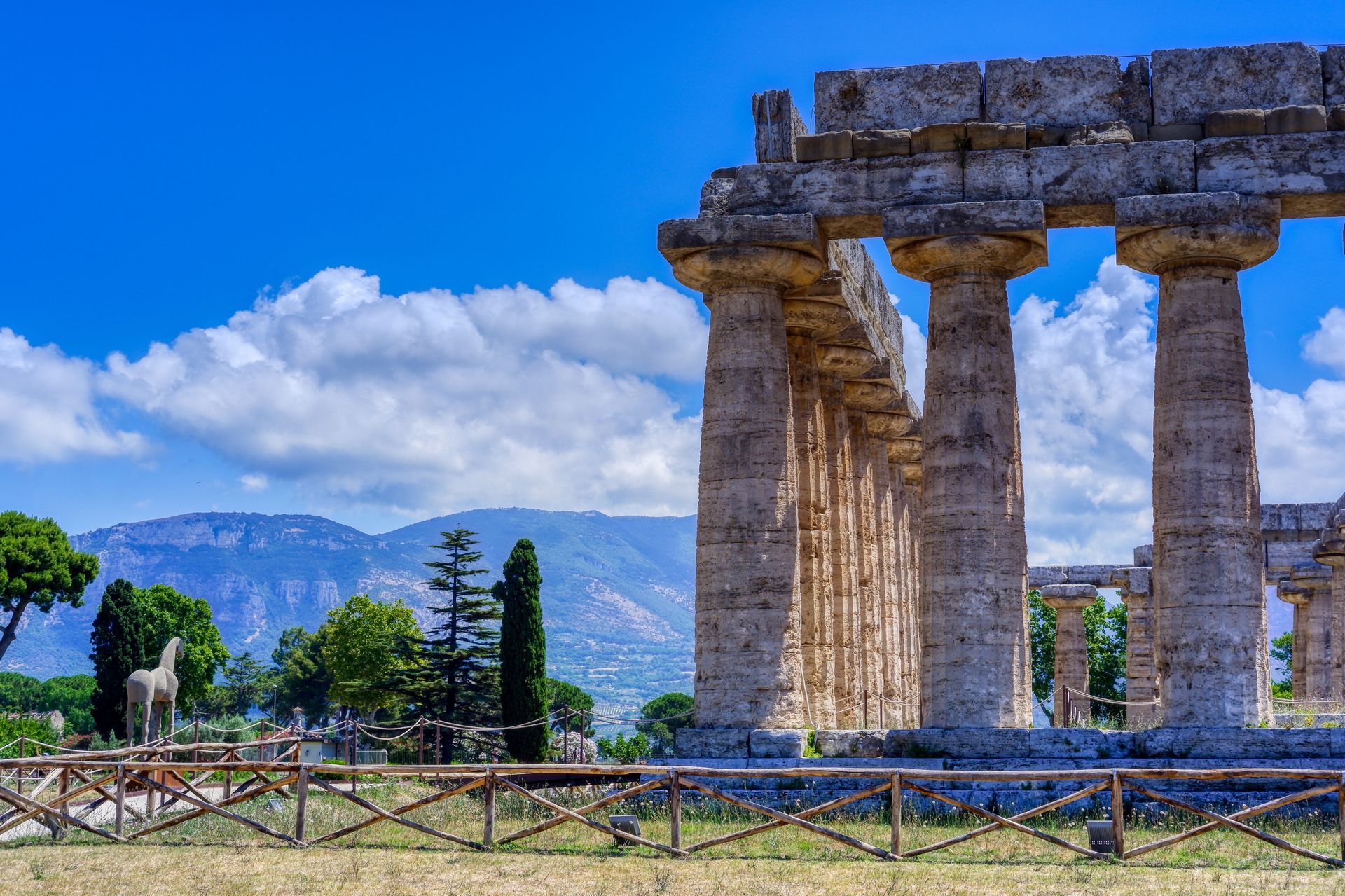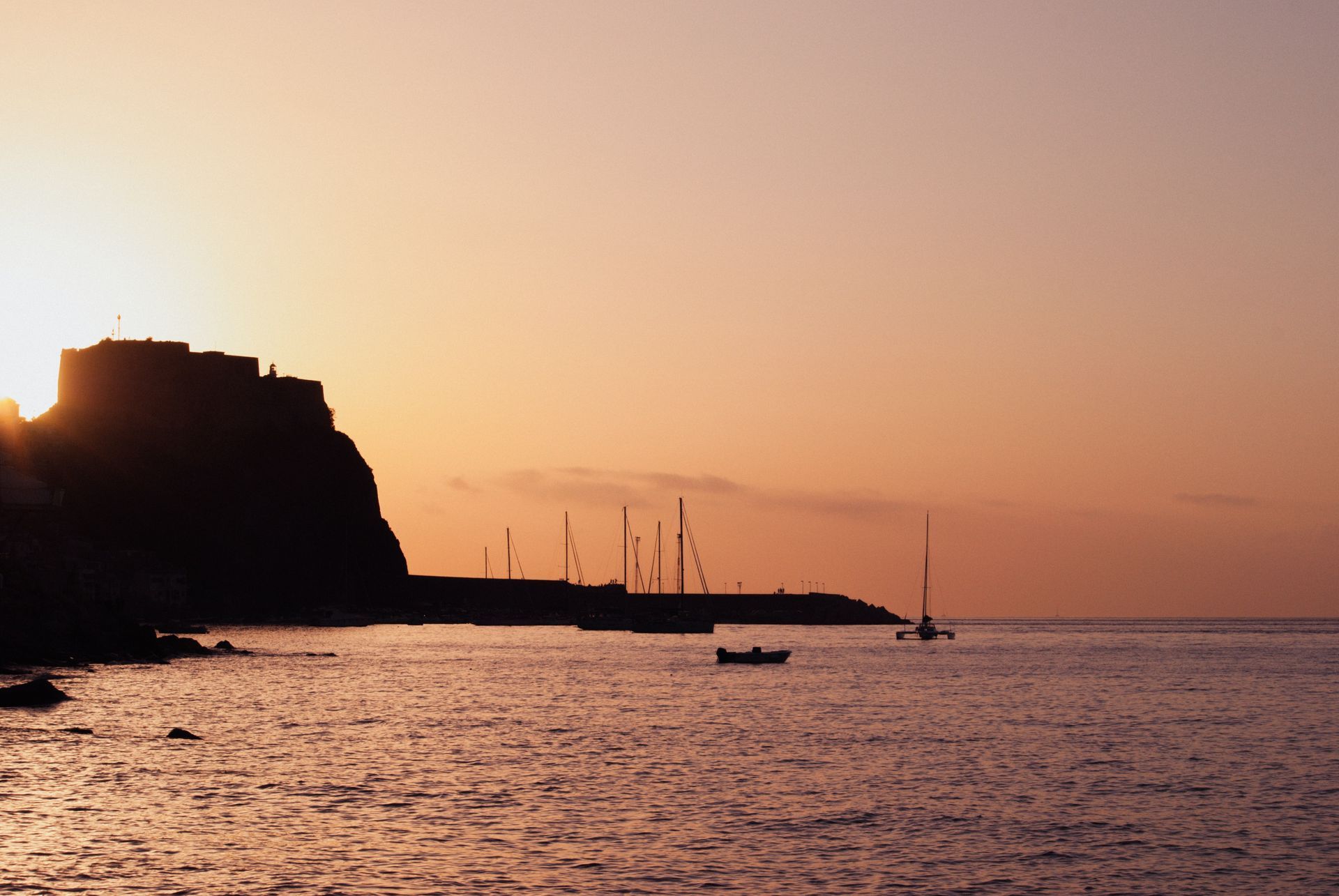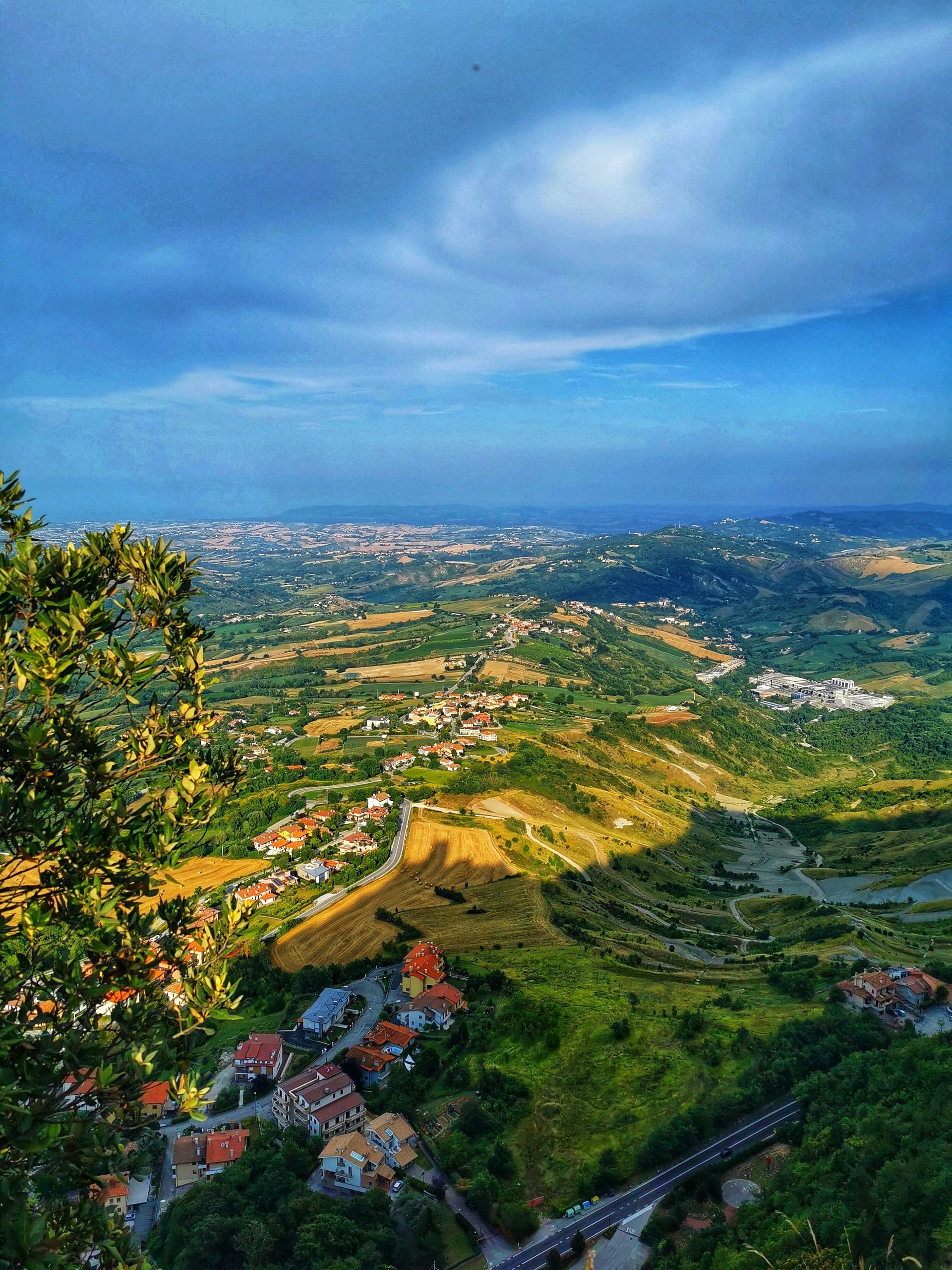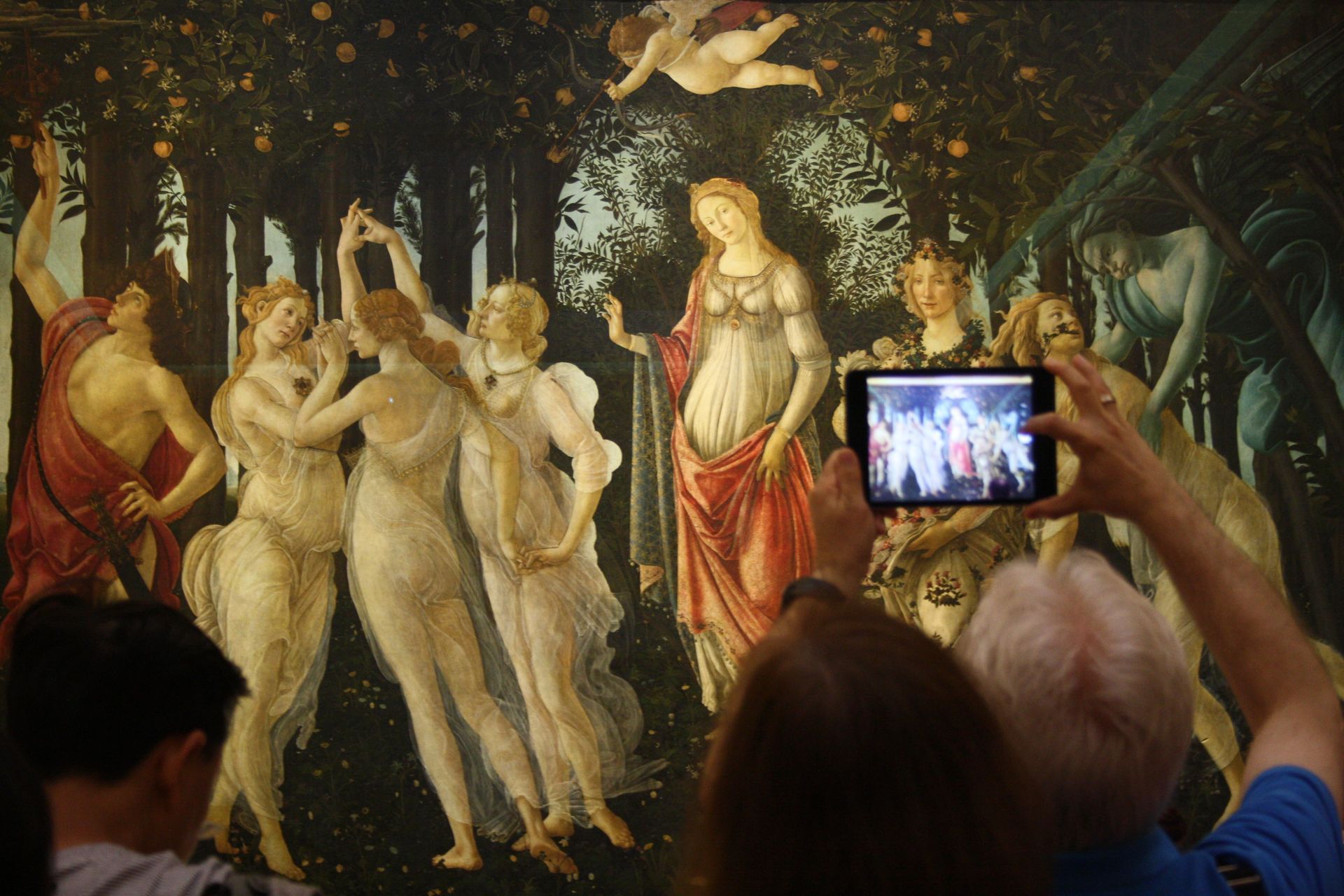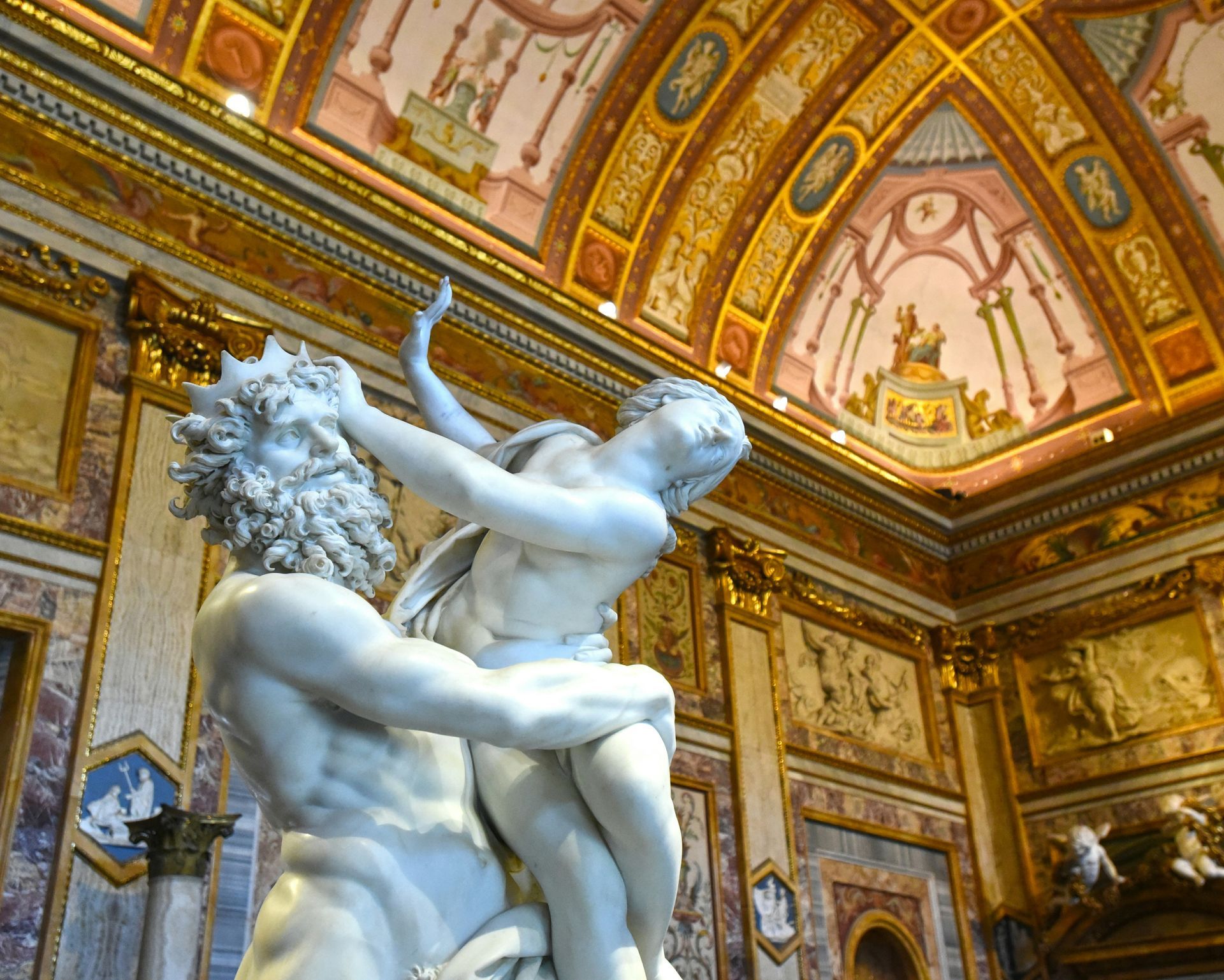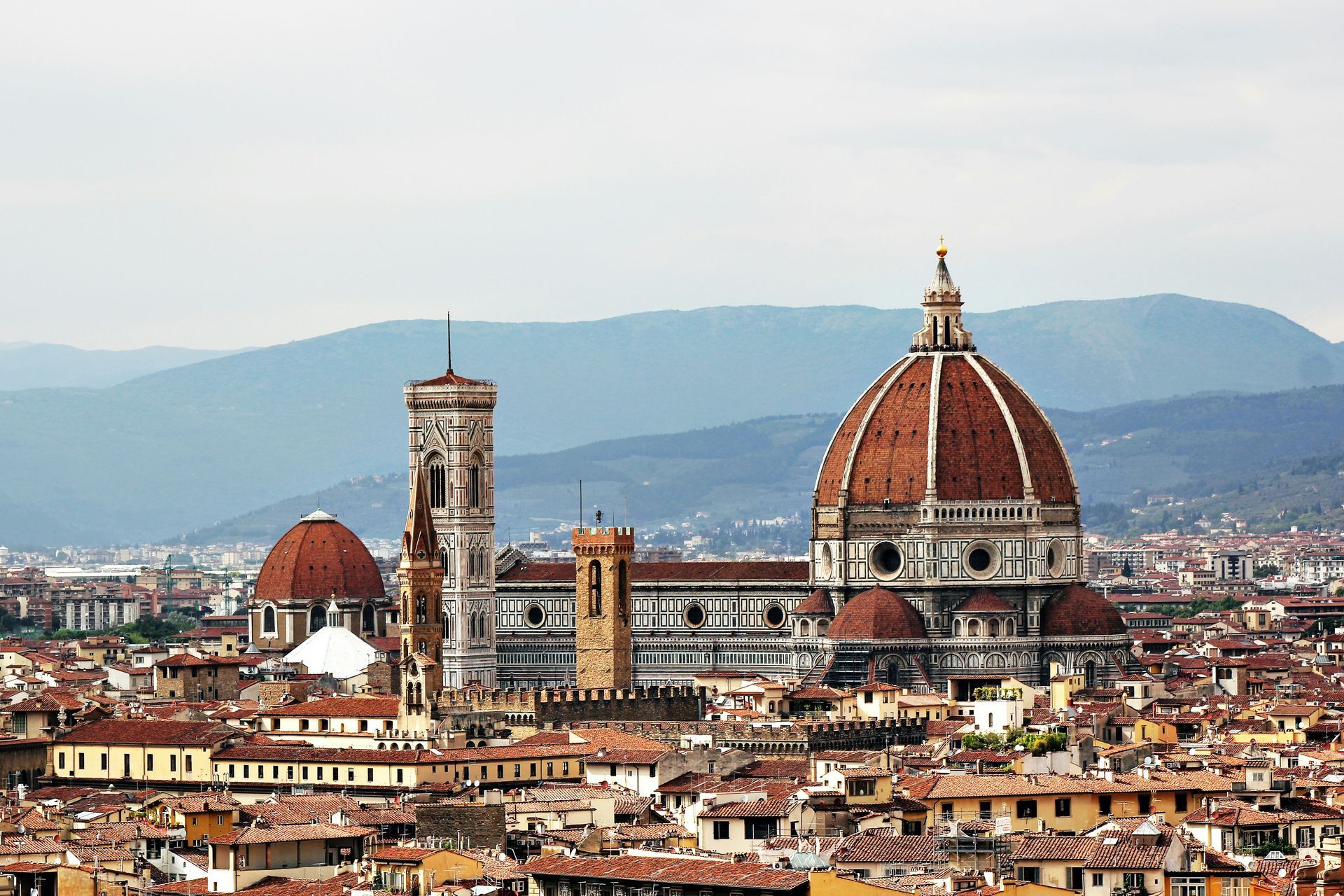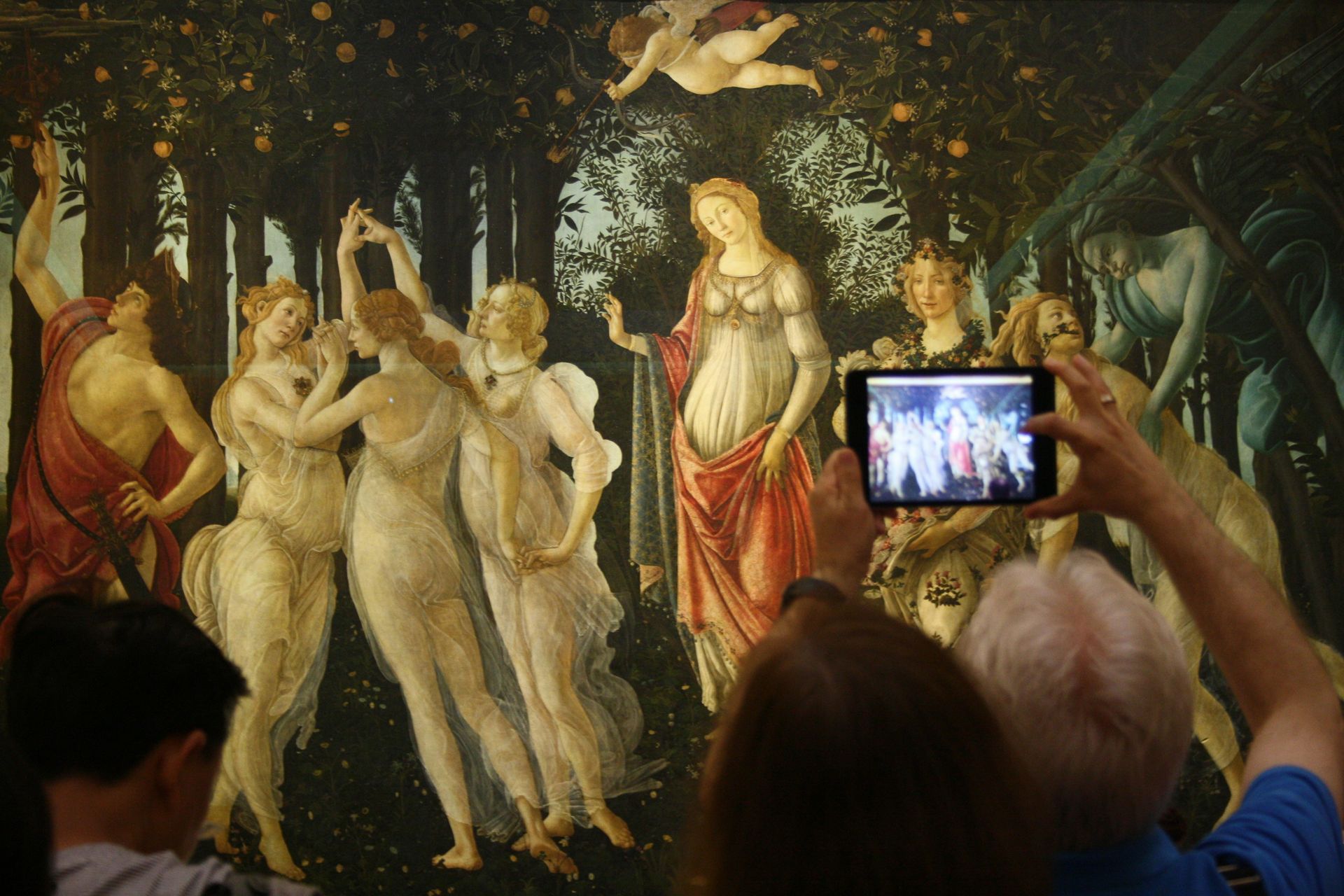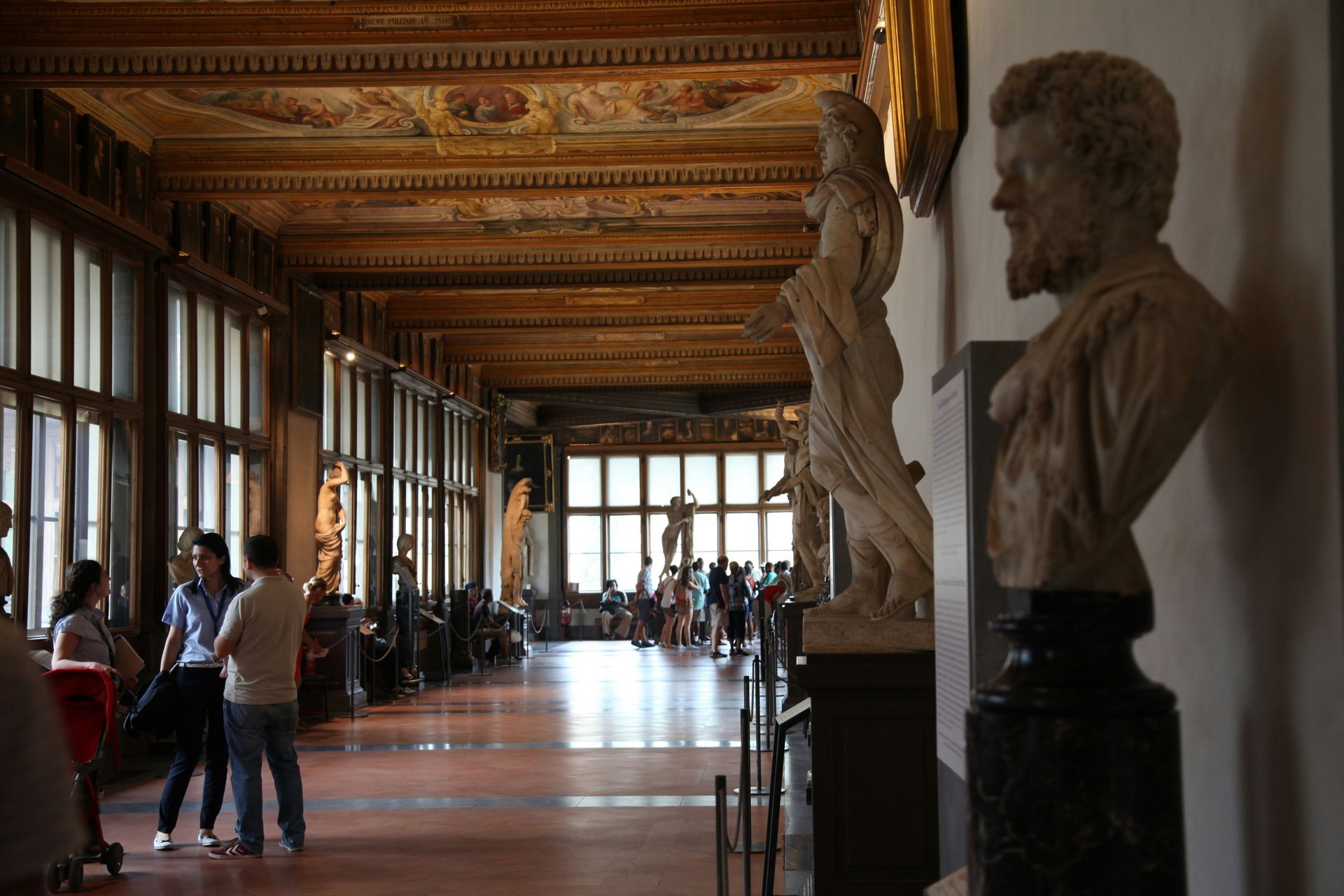Spreading Smile across the globe
Hidden Gems of Northern Italy
Hidden Gems of Italy are a testament to the country's diverse and enchanting beauty, often concealed from the traditional tourist routes. While Italy is celebrated for its iconic cities like Rome, Florence, Venice, and the Amalfi and Cinque Terre coasts, it's the lesser-known destinations that promise a unique journey. These unexplored regions offer travellers a chance to experience Italy's authentic culinary delights, rich historical narratives, and stunning natural landscapes. From the northern reaches to the southern shores, these Hidden Gems of Italy reveal a different facet of this remarkable nation.
Lake Orta - Piedmont
Hidden Gems of Italy come to life at Lake Orta, tucked away near the Swiss border in the heart of Piedmont. This hidden paradise often evades the spotlight compared to its more famous counterparts like Lake Como and Lake Garda. The historic town of Orta San Giulio, with its Baroque and Medieval architecture, cobbled streets, and idyllic Piazza Motta, enchants visitors. The glistening waters of the lake itself invite moments of serenity. What makes Lake Orta truly extraordinary is the mysterious island at its centre—a tranquil sanctuary inhabited by resident nuns.
Treviso - Veneto
Among the Hidden Gems of Italy, Treviso stands as a city in the Veneto region that retains its genuine northern Italian charm. Meandering through its narrow cobbled lanes, picturesque canals, and medieval city walls feels like a step back. Positioned on the fringes of the renowned Prosecco wine region, Treviso provides a delightful excuse for an aperitivo with a glass of Italy's renowned sparkling Prosecco.
Aosta Valley
Nestled among the bordering landscapes of Switzerland and France, the Aosta Valley showcases breathtaking alpine scenery, perched castles, and traditions that thrive throughout the year. When spring and summer arrive, the region's walking trails entice explorers. This season also brings lively festivals that celebrate folk traditions that date back to medieval times. Be sure to savour the local cheese Fontina, a culinary delight that embodies the spirit of this Hidden Gem of Italy.
Alba - Piedmont
Alba, a sought-after destination among Italy's hidden gems, is situated in the vineyards of the Langhe Hills. Once adorned with a hundred towers, Alba exudes a charming rural ambience. It's renowned for its autumn truffle festival, a gastronomic event that captures the essence of the region. Alba is also celebrated for its dark chocolate, hazelnut groves, white truffles, and prestigious wineries. It's from this very region that the sought-after Barolo wine originates.
Camogli - Liguria
Camogli, a typical and vibrant Italian seaside village on the Ligurian Riviera di Levante, perfectly embodies the spirit of the Hidden Gems of Italy. Towering, brightly painted houses dominate the town, and it has become a magnet for visitors seeking pristine beaches, Ligurian cuisine, the rustic fishing marina, Italian culture, and a tranquil natural setting. Camogli has earned its reputation for culinary excellence, focusing on fish and seafood, particularly anchovies and tuna, as well as the iconic pesto sauce made from basil and pine nuts.
Brescia - Lombardy
Hidden Gems of Italy often come alive through history, and Brescia is no exception. In this small city, history unfolds through a tapestry of architectural styles, spanning Roman, Medieval, Renaissance, Baroque, and even Art Deco. Walking through Brescia feels like a journey through time, and a visit to the captivating Piazza della Loggia, framed by a stunning Venetian-style palace at its heart, is a must for history enthusiasts.
Trieste
Trieste is a refreshingly unique destination, an Italian city positioned near the Slovenian border with its dialect that's a delightful blend of Austrian-German, Greek, Croatian, and Italian. Trieste's neoclassical waterfront is a sight to behold, with its marina brimming with stylish, glimmering yachts. The city's offerings include clear blue skies, expansive sandy beaches, city lidos, and the surrounding vineyards. Trieste is a Hidden Gem of Italy that belongs on every traveller's Northern Italian itinerary.
Modena - Emilia-Romagna
Modena is famed for its Hidden Gems of Italy, including balsamic vinegar, Luciano Pavarotti, the Romanesque cathedral, and the nearby Ferrari museum. Beyond these illustrious attractions, Modena reveals a treasure trove of remarkable restaurants. Massimo Bottura's Osteria Francescana has twice earned a place among the world's top 50 eateries, showcasing the culinary excellence of this Hidden Gem. While in Modena, don't miss the chance to savour local specialities like stuffed tortellini and sparkling Lambrusco wine, the perfect complement to your gastronomic journey.
Chiusa / Klausen - South Tyrol
Chiusa, also known as Klausen, is one of Italy's most picturesque villages. It is situated on the banks of the Isarco River in the South Tyrolean region near the Austrian border. Chestnut groves, green fields, vineyards, and farmsteads surround the town. In the village itself, visitors are captivated by narrow alleyways, coats of arms, large bay windows, crenellated facades, and the two main squares.
Ravenna - Emilia-Romagna
Ravenna offers a treasure trove of experiences among the Hidden Gems of Italy. This city is a feast for the senses, with its diverse offerings of food, music, art, culture, history, beaches, wine, and mosaics. Ravenna is home to eight UNESCO-listed sites, making it a must-visit for history and art enthusiasts. It's also known for its two-month-long music festival, Dante Alighieri's tomb, local culinary delights, nearby beach resorts, and the opportunity to explore pinewood forests. The city's fame is derived from its stunning mosaics, dating from the fifth and sixth centuries, scattered throughout the town.
In conclusion, Italy's Hidden Gems invite you to embark on a journey less travelled, where the rich tapestry of history, diverse cuisine, and breathtaking landscapes come to life. These lesser-known destinations provide an authentic Italian experience, away from the bustling crowds, revealing the nation's soul in its purest form. Explore these Hidden Gems to uncover Italy's hidden treasures.
Hidden Gems of Central Italy
Hidden Gems of Italy beckon the adventurous traveller to explore the lesser-known treasures that this remarkable country holds. From the picturesque valleys of Tuscany to the medieval charm of Umbria, the mysterious landscapes of Molise, and the architectural wonders of San Gimignano, these destinations promise unforgettable experiences.
Garfagnana - Tuscany
The Garfagnana region is a hidden gem in the beautiful Tuscan valley north of Lucca. It is crossed by the Serchio River, and the landscape is characterized by fertile greenery, rugged mountains, and charming villages. Outdoor activities such as hiking, walking, and mountain biking are enjoyed by many people in this area. Garfagnana is home to several one-of-a-kind attractions, including a ghost town, a wind cave, and the Devil's Bridge at Borgo a Mozzano.
Gubbio - Umbria
Umbria hides many treasures, and a particular favourite among Hidden Gems of Italy is the Medieval hilltop town of Gubbio. Gubbio, a city with a history dating back over 2,000 years, is a maze of cobbled streets and stone buildings that have been perfectly preserved. Visitors can take a cable car to the summit of Mount Ingino to enjoy panoramic views of the surrounding area. In addition, Gubbio hosts Italy's oldest event, the Corsa dei Ceri, in which teams race through the streets carrying massive wooden candles.
Molise
Molise is Italy's second-smallest region and one of its best-kept secrets. Hidden Gems of Italy are plentiful here. The picturesque town of Agnone is renowned for its artisanal bells, produced by the oldest family-run bell foundry in the world. Meanwhile, Campobasso, the regional capital, boasts a stunning medieval old town. Molise offers a captivating mix of historical charm and natural beauty, with rugged mountains, rolling hills, and pristine beaches along the Adriatic coast.
San Gimignano - Tuscany
Nestled in the heart of Tuscany, San Gimignano boasts medieval architecture and, of course, its famous towers. The town's historic centre is a UNESCO World Heritage site, known for its fourteen stone towers that once symbolised wealth and power. San Gimignano offers a glimpse into medieval Tuscany, with well-preserved streets and squares that transport visitors to another time. Besides the towers, make sure to explore the Collegiate Church and indulge in the local Vernaccia wine, a crisp white wine produced in the region.
Spello - Umbria
Another gem in the heart of Italy, Spello enchants visitors with its winding medieval streets and stunning floral displays. Known as the "Città Infiorata" or "flower town," Spello hosts the Infiorata festival, during which the streets are carpeted with intricate flower petal designs. This event occurs in early June and is a magnificent spectacle. Outside of the festival, Spello's charm continues with its well-preserved historic centre and beautiful churches.
Trulli of Alberobello - Apulia
Apulia, or Puglia, is famous for its unique trulli houses, and Alberobello is the epicentre of this architectural marvel. These whitewashed conical homes are a UNESCO World Heritage Site that offers a glimpse into the region's history. Visitors can even stay in trulli that have been converted into accommodations, providing a truly immersive experience.
Norcia - Umbria
Nestled in the Sibillini Mountains, Norcia is renowned for its gastronomy. This charming town produces exceptional cured meats, particularly prosciutto and salami. For food enthusiasts, Norcia is a true Hidden Gem of Italy. Explore local shops, taste the region's specialities, and visit the beautiful town square. Nature enthusiasts will also find hiking trails and natural beauty in the nearby Monti Sibillini National Park.
Montefalco - Umbria
Montefalco is often called the "Balcony of Umbria" for its stunning views over the surrounding valley. This charming town is also known for its wine, particularly Sagrantino, one of Italy's most robust red wines. Montefalco's medieval centre is picturesque and hosts several churches with remarkable frescoes, making it a cultural and gastronomic gem.
Castelluccio di Norcia - Umbria
High in the Sibillini Mountains, Castelluccio di Norcia is a quaint village known for its stunning wildflower blooms in late spring and early summer. The surrounding plateau becomes a colourful tapestry, attracting photographers and nature enthusiasts. Besides the flowers, visitors can enjoy hiking and take in the breathtaking scenery. Hidden Gems of Italy like Castelluccio di Norcia provide a unique connection to nature and the changing seasons.
In the heart of Italy, a treasury of Hidden Gems awaits the intrepid traveller. From the mysterious ghost town of Garfagnana to the ancient charms of Gubbio, the enchanting landscapes of Molise, and the medieval splendours of San Gimignano, these lesser-known destinations reveal Italy's diverse beauty and rich history. Journey through the tranquil streets of Spello, marvel at the unique trulli houses in Alberobello, savour the culinary delights of Norcia, and bask in the vibrant blooms of Castelluccio di Norcia. These Hidden Gems of Italy promise an unforgettable adventure in a land of timeless wonder.
Hidden Gems of Southern Italy
Italy, a land of rich history, captivating art, and exquisite cuisine, is known for its iconic cities and world-famous landmarks. Despite the tourist-filled streets and crowded piazzas, the country holds many hidden gems—lesser-known destinations that offer a more intimate and authentic experience. These places, tucked away in various corners of Italy, are a testament to the nation's diverse and enchanting beauty, waiting to be explored by the discerning traveller. From medieval towns perched atop hills to charming coastal villages and ancient archaeological sites, the Hidden Gems of Italy promise unique adventures and unforgettable memories.
Civita di Bagnoregio - Lazio
Civita di Bagnoregio is often called the "Dying Town" because of its gradual erosion over the centuries. This medieval village is perched on a hilltop and can only be reached by a long footbridge. It's a unique destination, seemingly suspended in time, and is the perfect Hidden Gem for history buffs and photographers.
Matera - Basilicata
Matera, known for its cave dwellings, is one of Italy's most intriguing and unique destinations. The Sassi di Matera, a historic cave settlement, is a UNESCO World Heritage Site. Matera is gaining popularity but still qualifies as one of the Hidden Gems of Italy. Touring this labyrinth of stone-carved rooms and narrow streets offers an incredible historical journey.
Sperlonga - Lazio
Sperlonga is a charming coastal town characterized by its pristine beaches, winding alleys, and picturesque piazzas. Nestled between Rome and Naples, Sperlonga is often overlooked by travellers. A visit here reveals a relaxed and authentic Italian atmosphere, perfect for strolls and seaside relaxation. Take advantage of the Grotto of Tiberius, a cave once used as the emperor's villa and now a museum.
Paestum - Campania
The ancient ruins of Paestum, originally a Greek colony known as Poseidonia, provide an extraordinary window into Italy's history. The temples are exceptionally well-preserved, ranking among the best-preserved in the world. Paestum is also home to a fascinating archaeological museum that displays artefacts from the site. Enjoy a step back in time amid the Hidden Gems of Italy.
Castro - Apulia
Castro, a picturesque coastal town, boasts a historic centre perched on a rocky outcrop. Visitors can explore ancient churches, fortifications, and a charming harbour. Castro also has sea caves that can be explored by boat. The region's cuisine is a seafood lover's paradise, making this town a Hidden Gem for food enthusiasts as well.
Scilla - Calabria
Scilla, an idyllic coastal village in Calabria, offers stunning sea views and hidden beaches. The town is known for the Ruffo Castle, which dominates the landscape, and the legendary sea monster Scylla from Greek mythology. The charming village is a serene and lesser-known alternative to some of the more crowded Italian seaside destinations.
San Marino
San Marino is a microstate surrounded by Italy and is one of the world's oldest republics. It's a destination that's often missed, making it a true Hidden Gem. San Marino boasts dramatic mountaintop views, historic architecture, and unique attractions like the Guaita Tower and the Palazzo Pubblico. For collectors, the country is also known for its beautiful stamps and coins.
Conclusion
Discovering the Allure of Hidden Gems of Italy
Hidden Gems of Italy offers travellers an authentic experience, far removed from the tourist-packed cities and famous landmarks. These lesser-known destinations unravel the genuine charm, culture, history, and culinary wonders that make Italy an endlessly fascinating country to explore. From the mountains of the North to the coasts of the South, each region holds its treasures, waiting to be discovered by those who venture off the beaten path. By exploring the Hidden Gems of Italy, you can craft a unique and unforgettable journey that deepens your appreciation of this incredible country. Plan your trip carefully, and you will be rewarded with the beauty, history, and flavours that characterize these enchanting places.
Primavera Botticelli Meaning
Botticelli's "Primavera" stands as an enigmatic masterpiece that transcends the boundaries of time, beckoning art enthusiasts into a mythical garden where every petal, every figure, and every celestial element conceals a profound narrative. In this exploration, we venture into the heart of the painting, unraveling the layers of meaning that make "Primavera" a rich tapestry of allegory and Renaissance symbolism.
"Primavera" encapsulates the spirit of the Italian Renaissance, embodying a profound exploration of classical mythology, philosophy, and the eternal beauty of nature. As we embark on this journey of discovery, the painting's title, meaning "spring" in Italian, hints at the seasonal metaphor that underpins its narrative. Beyond the blossoms and beauty lies a symbolic richness that Botticelli intricately weaves into the fabric of the composition.
In this exploration of "Primavera," we will decipher the meaning behind each figure, each bloom, and every celestial element. From Venus, the goddess of love, to Mercury's graceful presence, the painting unveils a cosmic ballet that transcends mere aesthetics. Join me in unlocking the mysteries of "Primavera" by Botticelli, where each brushstroke is a portal into the intellectual and artistic currents of the Renaissance, and where the meaning unfolds like petals in the eternal spring of creativity. Discover the Primavera Botticelli Meaning.
The Essence of Primavera: A Seasonal Metaphor, Primavera Botticelli Meaning
At the core of "Primavera," the title itself unfolds as a key to unlock the deeper layers of meaning within Botticelli's masterpiece. "Primavera," meaning "spring" in Italian, transcends its literal reference to a season, becoming a metaphor that encapsulates the profound rebirth and renewal inherent in the Renaissance spirit.
Botticelli, as a maestro of symbolism, orchestrates a symphony of allegory, weaving the seasonal metaphor into the very fabric of the painting. The canvas pulsates with the vibrancy of nature, akin to the rhythmic awakening from winter's slumber. Each bloom and bud becomes a metaphorical brushstroke, mirroring the intellectual and artistic blossoming that defined the Renaissance era.
In this metaphorical spring, the garden of "Primavera" becomes a tapestry of renewal, reflecting the cultural and philosophical reawakening of the time. It's not merely a representation of a seasonal shift; it's an artistic proclamation of the era's intellectual vigor, where ancient wisdom and classical ideals burst forth like buds in the warmth of a spring day.
As we immerse ourselves in the painting, we are invited to witness more than the arrival of a new season; we witness the birth of ideas, the renewal of creative spirit, and the efflorescence of cultural enlightenment. "Primavera" becomes a visual testament to the transformative power of the Renaissance, where the essence of spring extends beyond nature's realm to encompass the profound intellectual and artistic springtime that unfolded during this pivotal period in history. Botticelli, with his metaphorical brush, not only captures the seasonal beauty but also breathes life into the very soul of an era marked by intellectual blossoming and artistic renewal.
The Divine Ballet: Allegorical Figures and Their Meanings, Primavera Botticelli Meaning
Step into the mythical garden of "Primavera," where Botticelli orchestrates a divine ballet of allegorical figures, each contributing to the intricate narrative woven into the canvas. In this captivating dance, the figures embody profound meanings, and the canvas becomes a stage for the harmonious integration of classical mythology and Renaissance ideals.
At the heart of this celestial ballet stands Venus, a central figure whose significance extends beyond her mythological roots. Representing love and beauty, Venus becomes a focal point, radiating an aura that permeates the entire garden. Her divine presence signifies not only the allure of physical beauty but also the Neoplatonic concept of transcendent love—a theme that resonates deeply within the intellectual currents of the Renaissance.
Surrounding Venus are the Three Graces, ethereal embodiments of charm, beauty, and joy. Their graceful dance mirrors the elegance of Botticelli's composition and introduces a triumvirate of virtues that were highly esteemed during the Renaissance. These Graces become embodiments of the artistic, intellectual, and cultural ideals that flourished during this transformative period.
Mercury, wielding his celestial caduceus, becomes the harbinger of intellectual pursuits. His presence introduces an allegorical layer, symbolizing the intellectual awakening and philosophical exploration characteristic of the Renaissance. As the messenger of the gods, Mercury stands as a conduit between the divine and mortal realms, a metaphor for the Renaissance thinkers' quest to bridge classical wisdom with contemporary knowledge.
The figures, in their cosmic ballet, transcend mere mythological representation. They become vessels of meaning, embodying the ideals and virtues that defined the Renaissance spirit. The dance is not only a visual spectacle but a profound exploration of the harmonious integration of mythology and philosophy, encapsulating the intellectual richness of an era that sought to reconcile ancient wisdom with contemporary aspirations.
As we gaze upon the divine ballet of "Primavera," each figure becomes a note in a symphony of meanings, contributing to the visual poetry that has captivated generations. Botticelli, with his masterful strokes, invites us to join this cosmic dance, where myth and philosophy converge, and where the figures transcend their individual stories to create a timeless narrative of intellectual and artistic flourishing.
Floral Symbolism: Nature's Language in Bloom, Primavera Botticelli Meaning
Within the enchanting garden of "Primavera," Botticelli becomes a poetic botanist, infusing the canvas with a kaleidoscope of flowers, each petal whispering a distinct symbolic narrative. This floral symphony extends beyond mere aesthetic beauty; it becomes a profound exploration of nature's language, where every bloom in the garden contributes to the nuanced meanings woven into the tapestry of "Primavera Botticelli Meaning."
Among the myriad blossoms, the orange blossoms adorning Venus hold a delicate significance. Symbolizing purity and innocence, these blooms become a visual metaphor for the virtue of marriage. Their presence around Venus hints at themes of love and union, aligning with the Neoplatonic notions of transcendent love that pervade the Renaissance spirit.
Behind Mercury, the laurel bushes evoke the spirit of poetic inspiration. In ancient times, the laurel was associated with Apollo, the god of poetry, music, and art. Its presence in "Primavera" serves as a nod to the intellectual pursuits of the Renaissance, where a revival of classical literature and the exploration of artistic expression flourished. Mercury, with his celestial caduceus, stands amidst laurel bushes as a symbol of the harmonious marriage between intellect and creativity.
The botanical symphony further unfolds with the inclusion of myrtle, violets, and roses. Myrtle, a plant sacred to Venus, reinforces the theme of love and fertility. Violets, associated with modesty and faithfulness, add nuanced layers to the narrative. Roses, with their multifaceted symbolism, become emblems of beauty, love, and the ephemeral nature of life, mirroring the transient yet captivating essence of the season of spring.
In "Primavera," the garden becomes a living lexicon, and each bloom becomes a word, contributing to the rich language of symbolism woven into the canvas. Botticelli's meticulous selection and placement of flowers elevate the painting beyond mere representation; it becomes a dialogue with nature, a poetic conversation that enriches the visual narrative and invites viewers to decipher the intricate meanings concealed within each botanical flourish. "Primavera Botticelli Meaning" emerges not only from the figures but from the very blossoms that adorn the garden—a testament to the artist's mastery in translating nature's language into a visual symphony of allegory and beauty.
Celestial Elements: A Cosmic Harmony, Primavera Botticelli Meaning
As we stroll through the flourishing foliage of "Primavera," Botticelli invites us to gaze beyond the earthly realm and immerse ourselves in a cosmic harmony woven into the very fabric of the painting. Celestial elements, delicately introduced, become brushstrokes in the cosmic portrait, contributing to the overarching theme of "Primavera Botticelli Meaning."
The zephyr winds, portrayed with intricate patterns and swirls, introduce a dynamic sense of movement. These celestial breezes not only rustle the leaves of the garden but symbolize the gentle zephyr of spring. The winds become choreographers in the divine ballet, carrying whispers of seasonal renewal and infusing the canvas with a sense of life in perpetual motion. Botticelli's attention to these celestial breezes captures the ephemeral nature of spring, where every moment is a dance between change and continuity.
Above this terrestrial stage, a constellation of stars forms a cross in the sky—an astronomical detail that adds another layer of meaning to the painting. This celestial arrangement possibly alludes to the alignment of stars during the time of the Medici family's festivities, intertwining earthly celebrations with cosmic symbolism. The cross, a symbol of spiritual and celestial significance, becomes a focal point that transcends the immediate narrative, inviting contemplation on the intersection of the earthly and the divine.
These celestial elements align seamlessly with the prevailing Renaissance fascination with astrology and the symbolic language of the cosmos. The celestial harmony in "Primavera" reflects the era's belief in the interconnectedness of the microcosm and macrocosm, where events on Earth mirrored the celestial dance above. Botticelli, with a stroke of celestial artistry, elevates "Primavera" from a mere depiction of spring to a cosmic allegory that resonates with the intellectual currents of the Renaissance.
As we gaze upon the celestial elements in "Primavera," we are reminded that the harmony of the cosmos mirrors the harmony within the painting itself—a cosmic dance where every element, whether terrestrial or celestial, contributes to the intricate beauty and meaning of this Renaissance masterpiece. "Primavera Botticelli Meaning" becomes not only a celebration of earthly renewal but a cosmic symphony, where the stars above and the blossoms below engage in a timeless dialogue that transcends the boundaries of the canvas.
Philosophical Undercurrents: The Intellectual Renaissance, Primavera Botticelli Meaning
Botticelli, as a virtuoso brush wielder during the intellectual ferment of the Renaissance, transforms "Primavera" into a canvas of profound philosophical exploration. In this masterpiece, philosophical undercurrents flow seamlessly, creating a visual dialogue with the intellectual currents that defined the era—a testament to the enduring relevance of "Primavera Botticelli Meaning."
At the heart of this intellectual tapestry is the Neoplatonic concept of love, embodied in the ethereal form of Venus. Beyond a mere representation of physical beauty, Venus becomes a symbol of transcendent love—a philosophical theme that permeates the Renaissance spirit. The divine goddess, standing at the center of the garden, represents not only the allure of love but also its transformative and eternal nature. Botticelli's brushstrokes echo the Neoplatonic belief in the ascent from physical beauty to a higher, more spiritual realm.
Surrounding Venus, the figures in "Primavera" are crafted with idealized beauty that reflects the classical ideals championed by Renaissance thinkers. The proportions and symmetry of each figure become a testament to the Renaissance's revival of interest in the classical world. Botticelli, with meticulous attention to detail, pays homage to the pursuit of perfection and balance—a visual manifestation of the intellectual revival that unfolded during this transformative period.
The intellectual Renaissance, with its emphasis on humanism and the rediscovery of classical texts, finds a visual counterpart in the allegorical garden of "Primavera." The painting becomes a harmonious synthesis of philosophical ideals, where the pursuit of knowledge, beauty, and balance converge on the canvas. Each figure becomes a living embodiment of the intellectual currents of the time, inviting viewers to engage not only with the aesthetic beauty but also with the profound ideas that underpin the Renaissance spirit.
In deciphering "Primavera Botticelli Meaning," we uncover more than an artistic portrayal of spring; we unveil a visual manifesto of intellectual rebirth. The philosophical undercurrents in the painting transcend the boundaries of time, inviting us to contemplate the enduring pursuit of knowledge, beauty, and harmony—an intellectual legacy that continues to resonate through the ages.
Conclusion: Primavera Botticelli Meaning Unveiled
In the enchanted garden of "Primavera" by Botticelli, where myth, philosophy, and nature converge on the canvas, the profound tapestry of meaning unfolds—a rich narrative that transcends its Renaissance origins to captivate hearts across centuries. As we draw the curtain on this visual symphony, the resonance of "Primavera Botticelli Meaning" lingers, inviting reflection on the enduring allure and intellectual depth embedded in this timeless masterpiece.
In "Primavera Botticelli Meaning," philosophical undercurrents merge seamlessly with artistic expression. The Neoplatonic concept of transcendent love embodied by Venus and the idealized beauty of the figures reflect the intellectual Renaissance—a period of profound rediscovery and revival.
As we contemplate the layers of meaning within "Primavera," we recognize that this masterpiece is more than a static representation; it is a living dialogue with nature, philosophy, and the human spirit. The enduring allure of "Primavera Botticelli Meaning" lies in its ability to transcend its temporal origins, inviting each generation to partake in a visual feast that resonates with the timeless pursuit of beauty, knowledge, and renewal. Botticelli's brush, like a magician's wand, continues to enchant, inviting us to unravel the mysteries and discover anew the profound meaning within the blossoms and figures of this Renaissance masterpiece.
Things To Do | Travel Information | Local's Favourites

